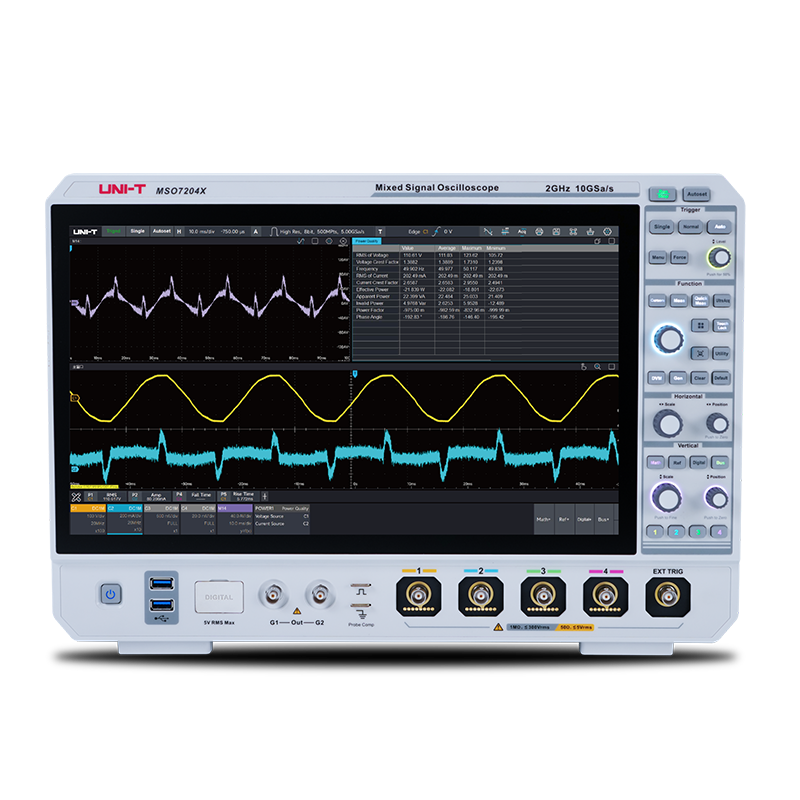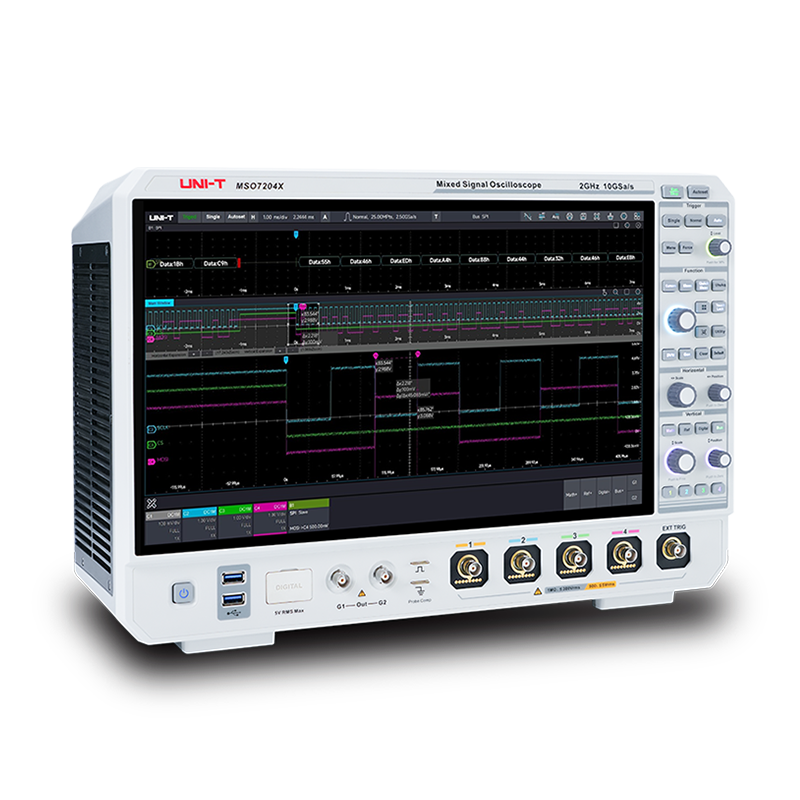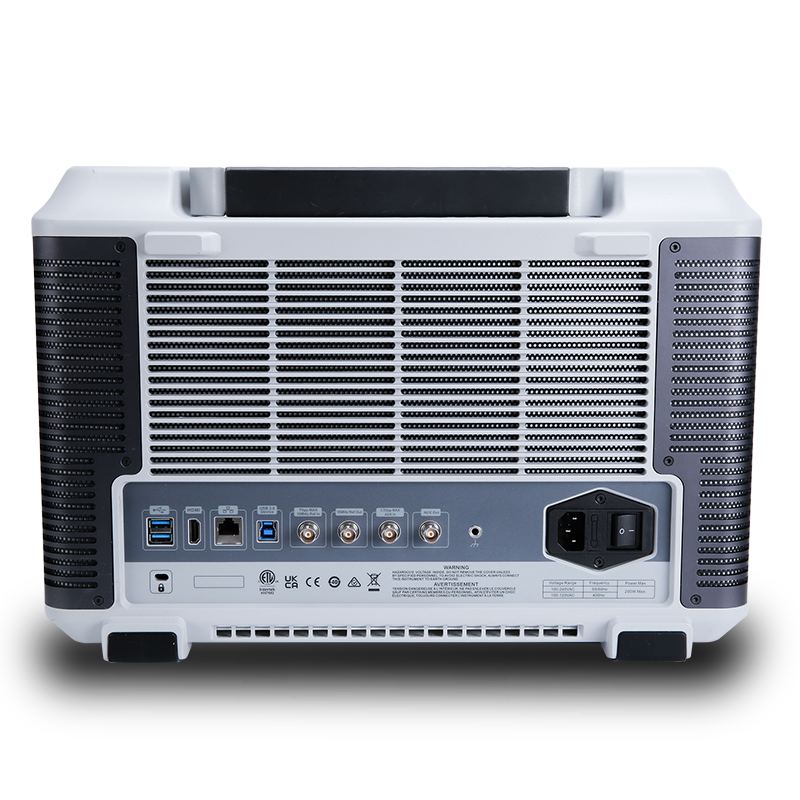SOLUTIONS & PRODUCTS
Products



BUY | QUOTE
BUY | QUOTE
English
International



BUY | QUOTE


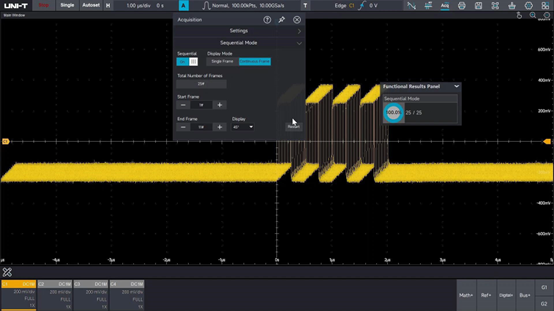
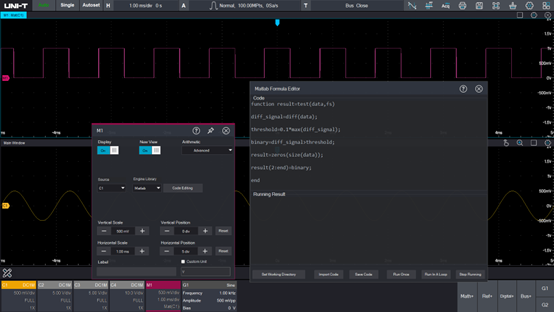
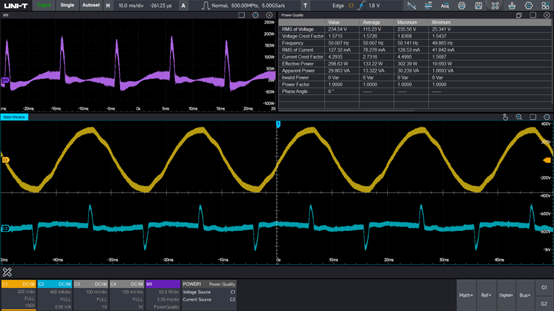



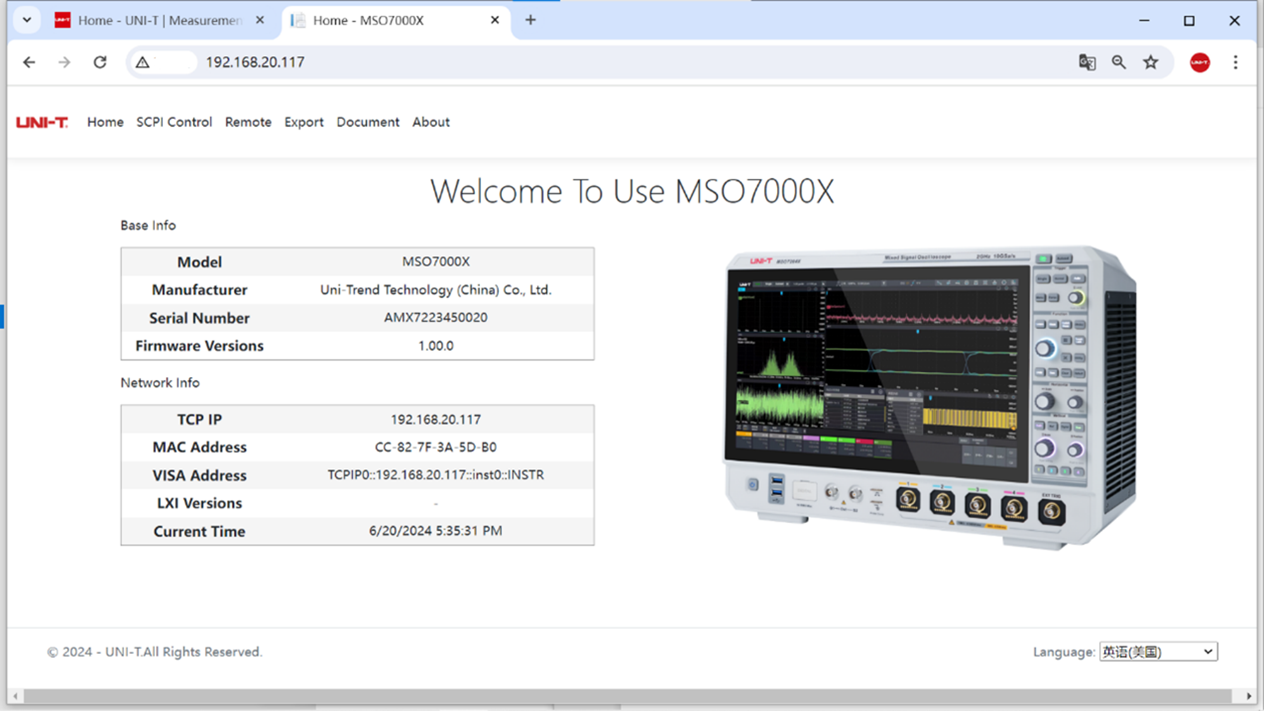
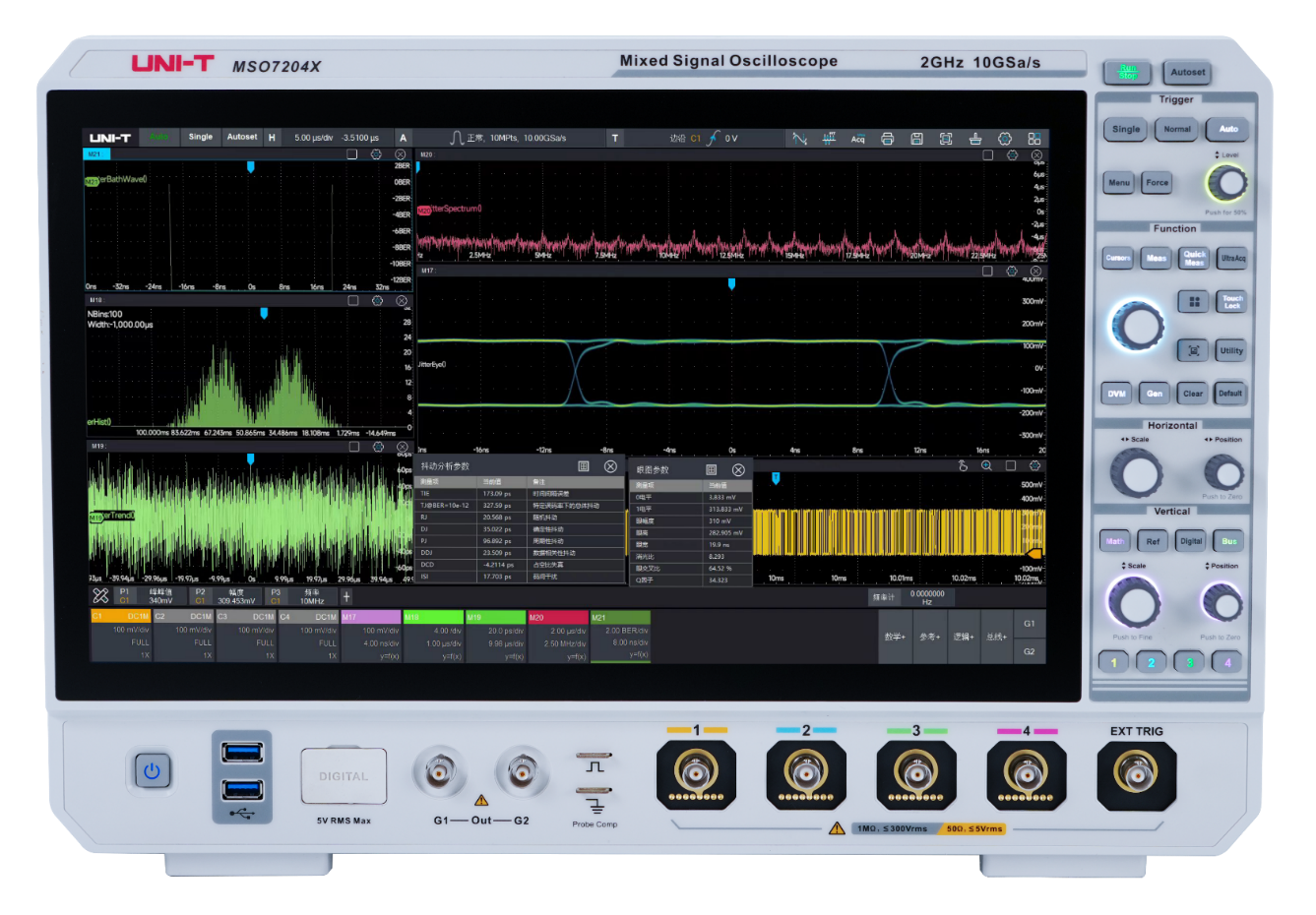
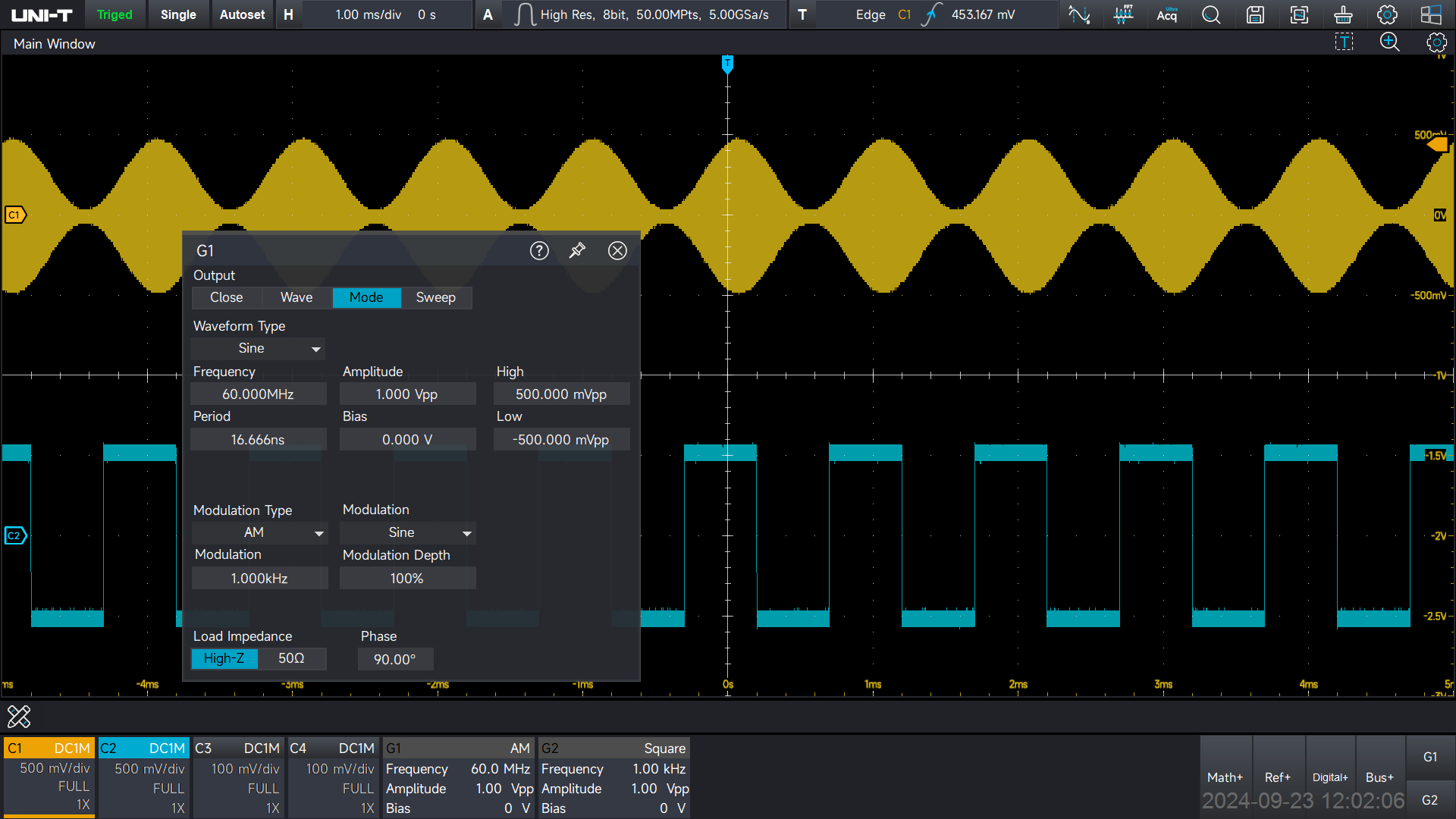
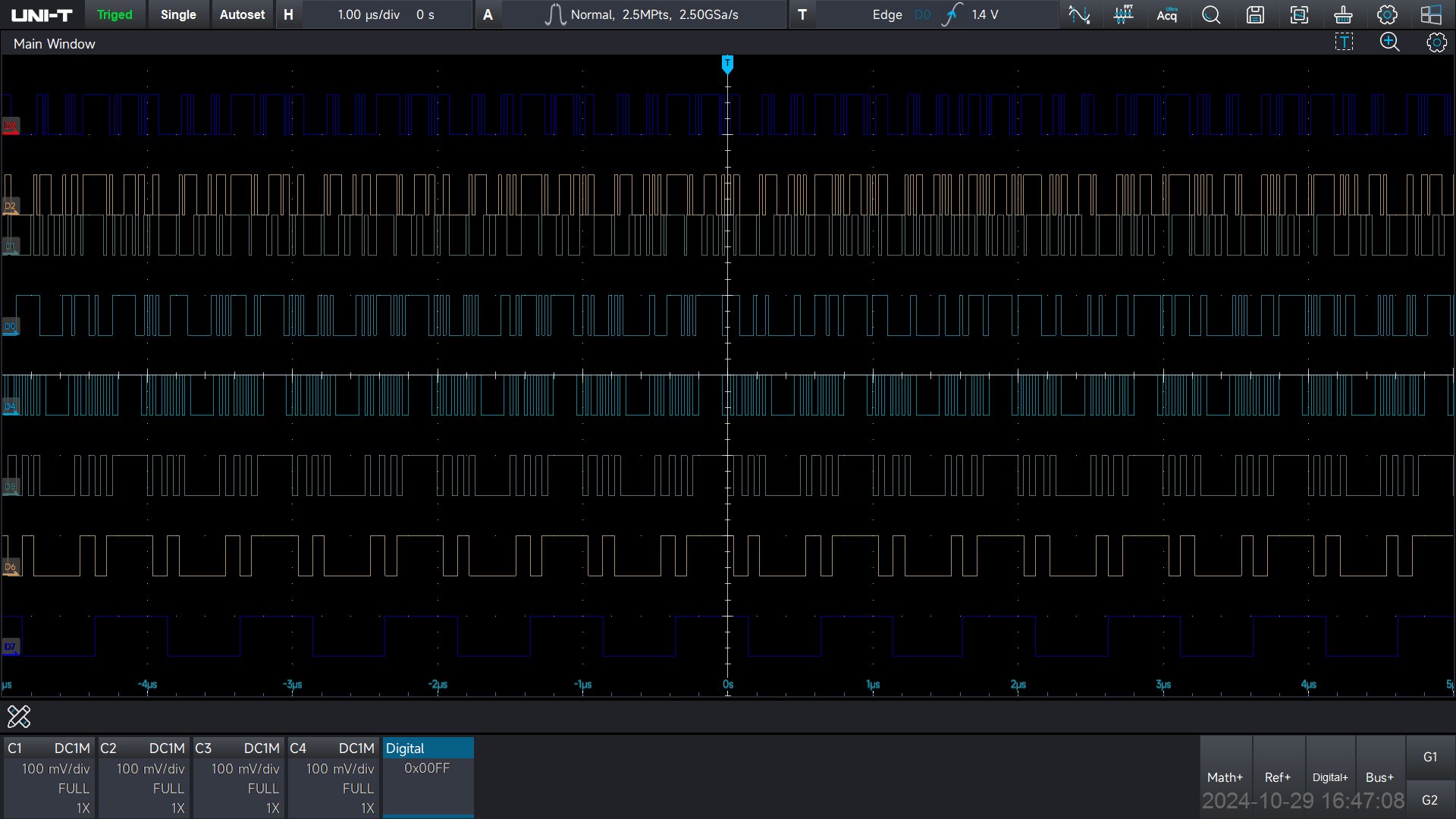
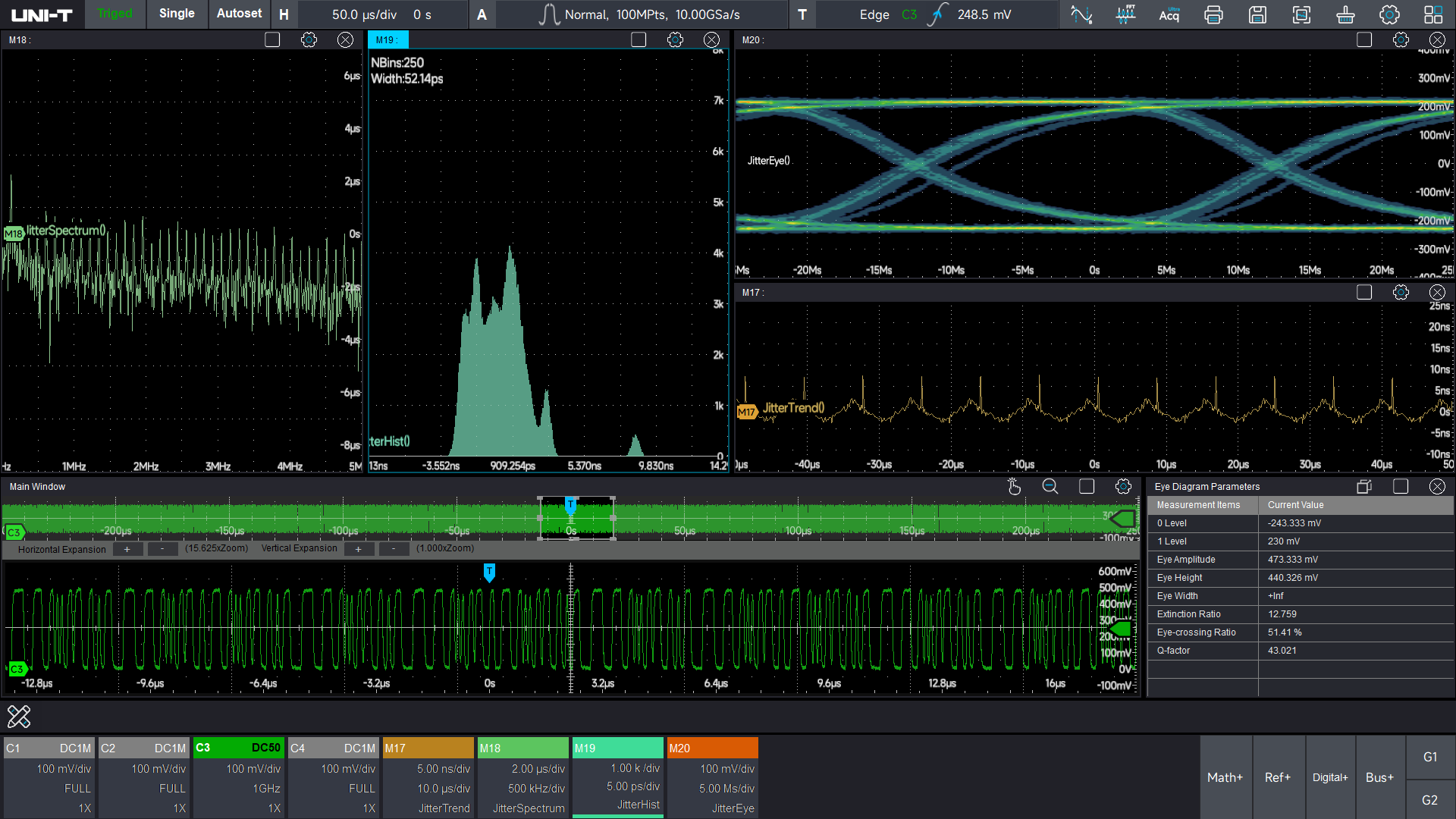
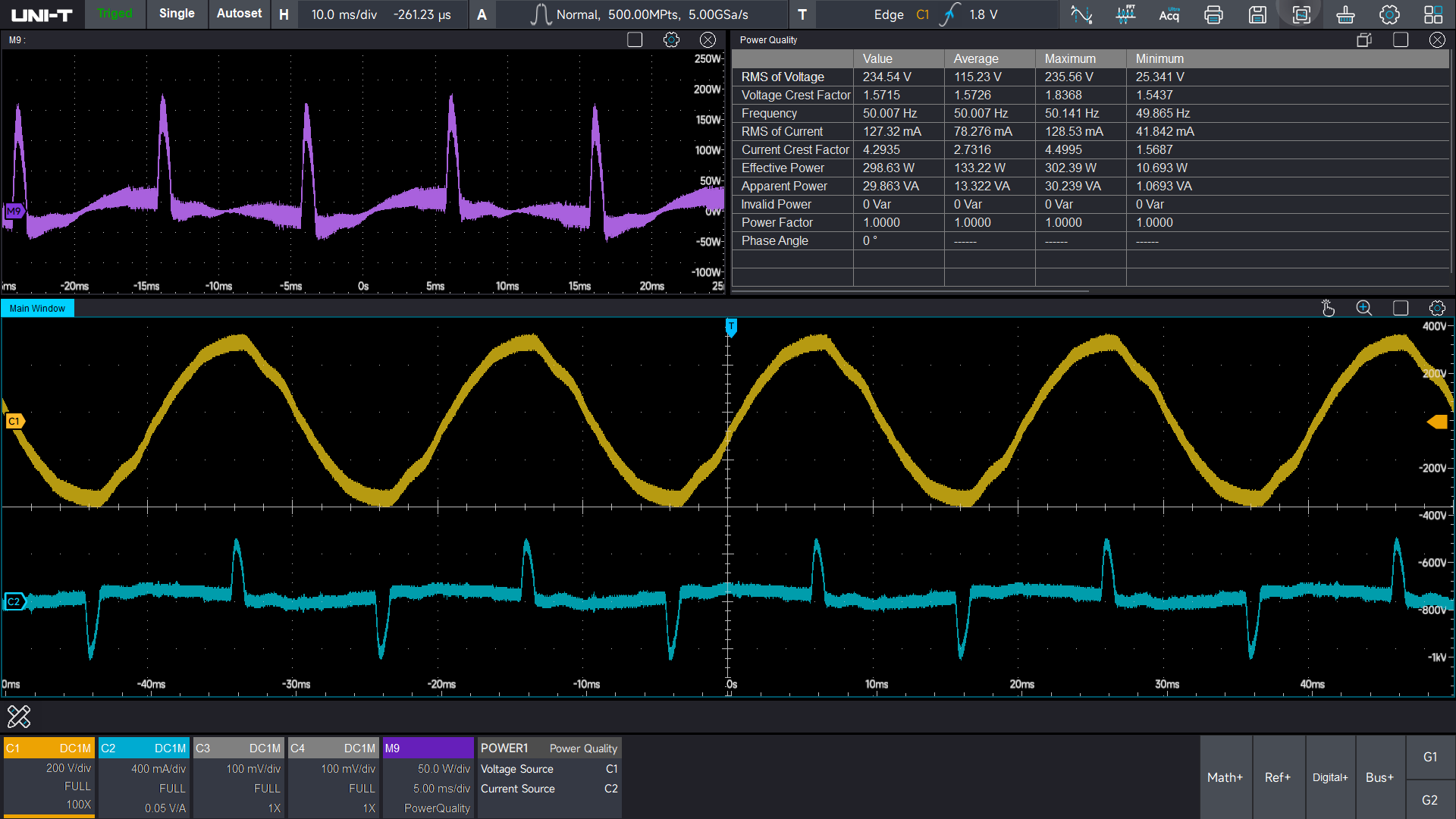
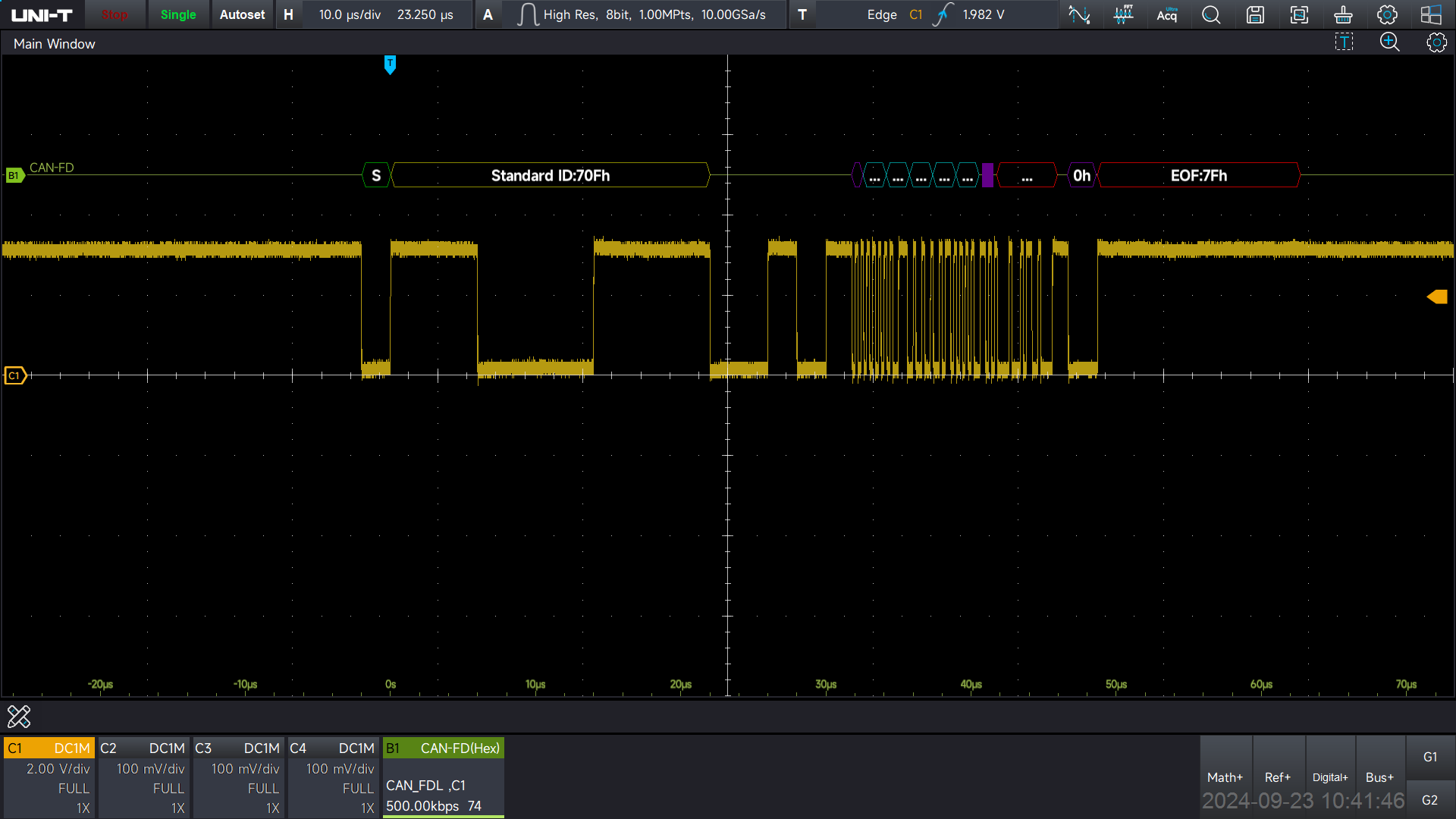
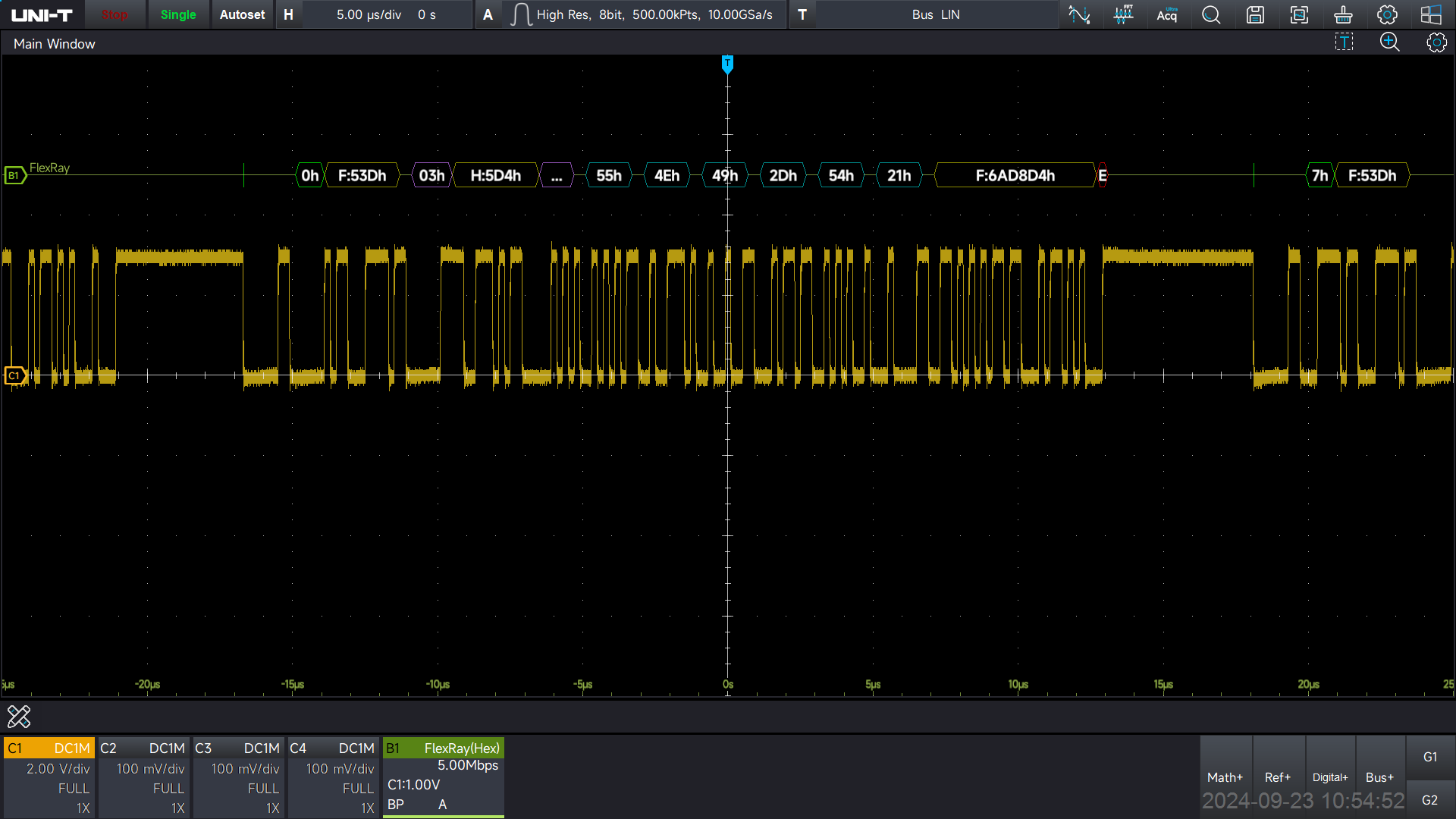
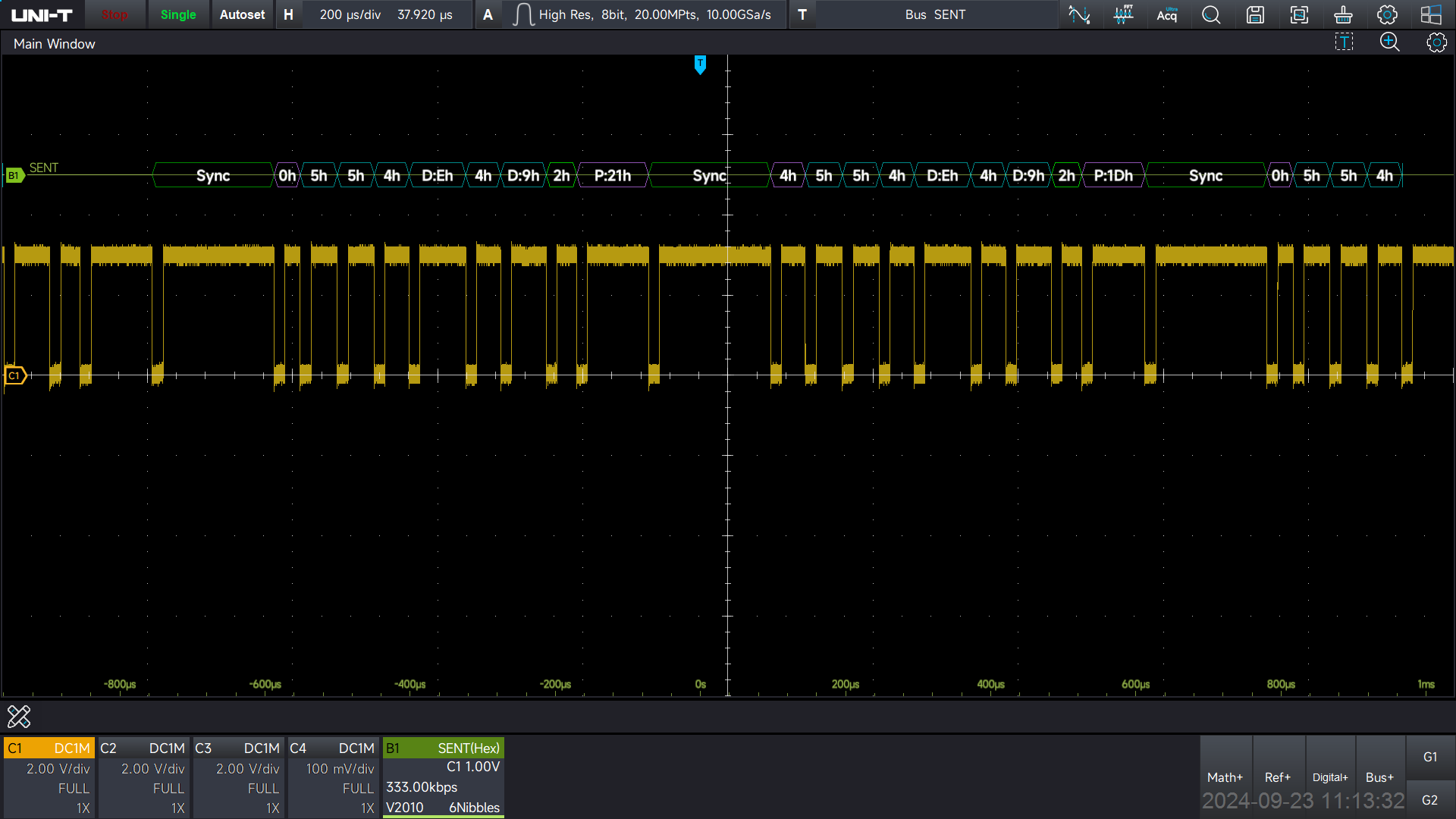
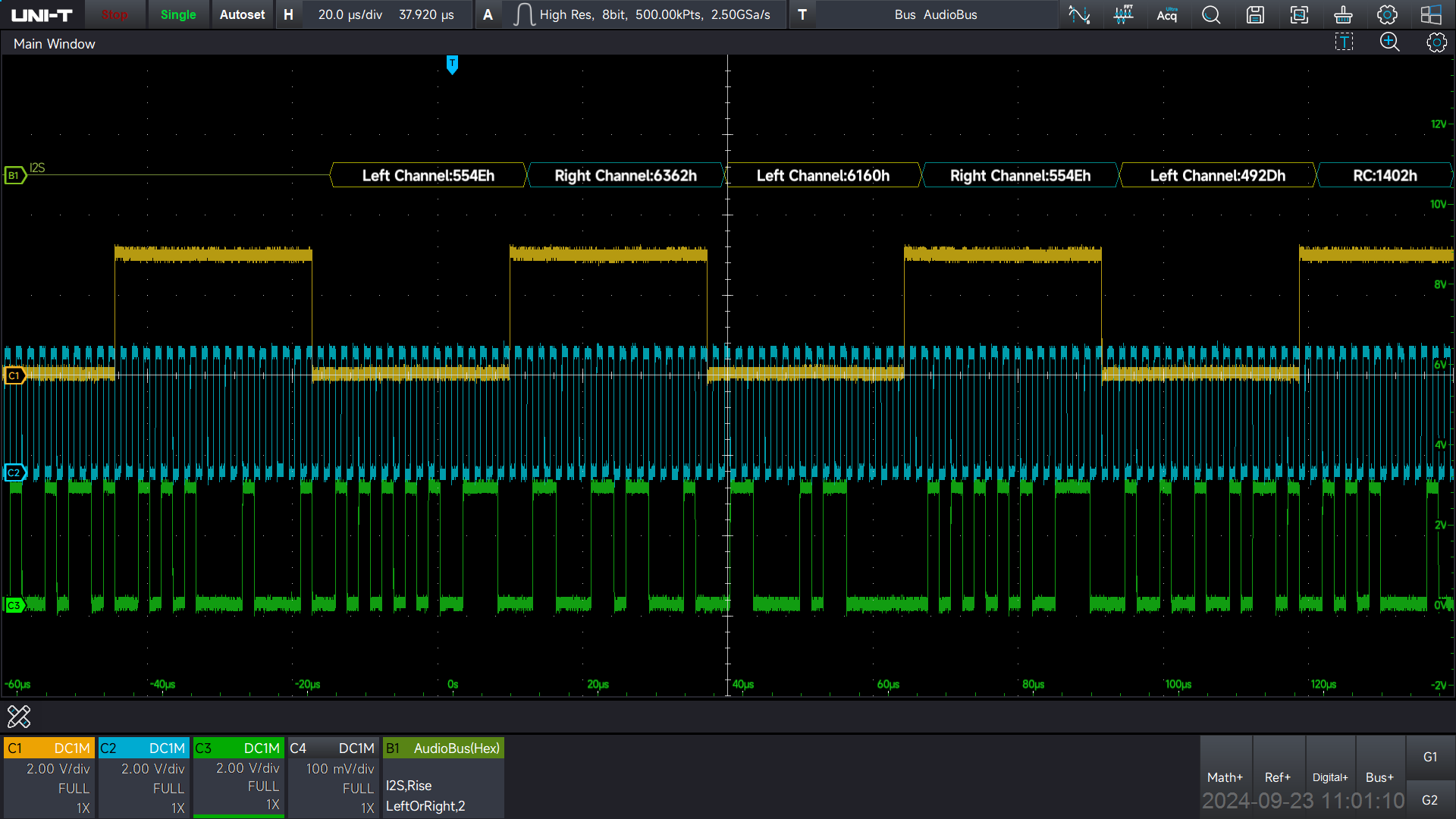
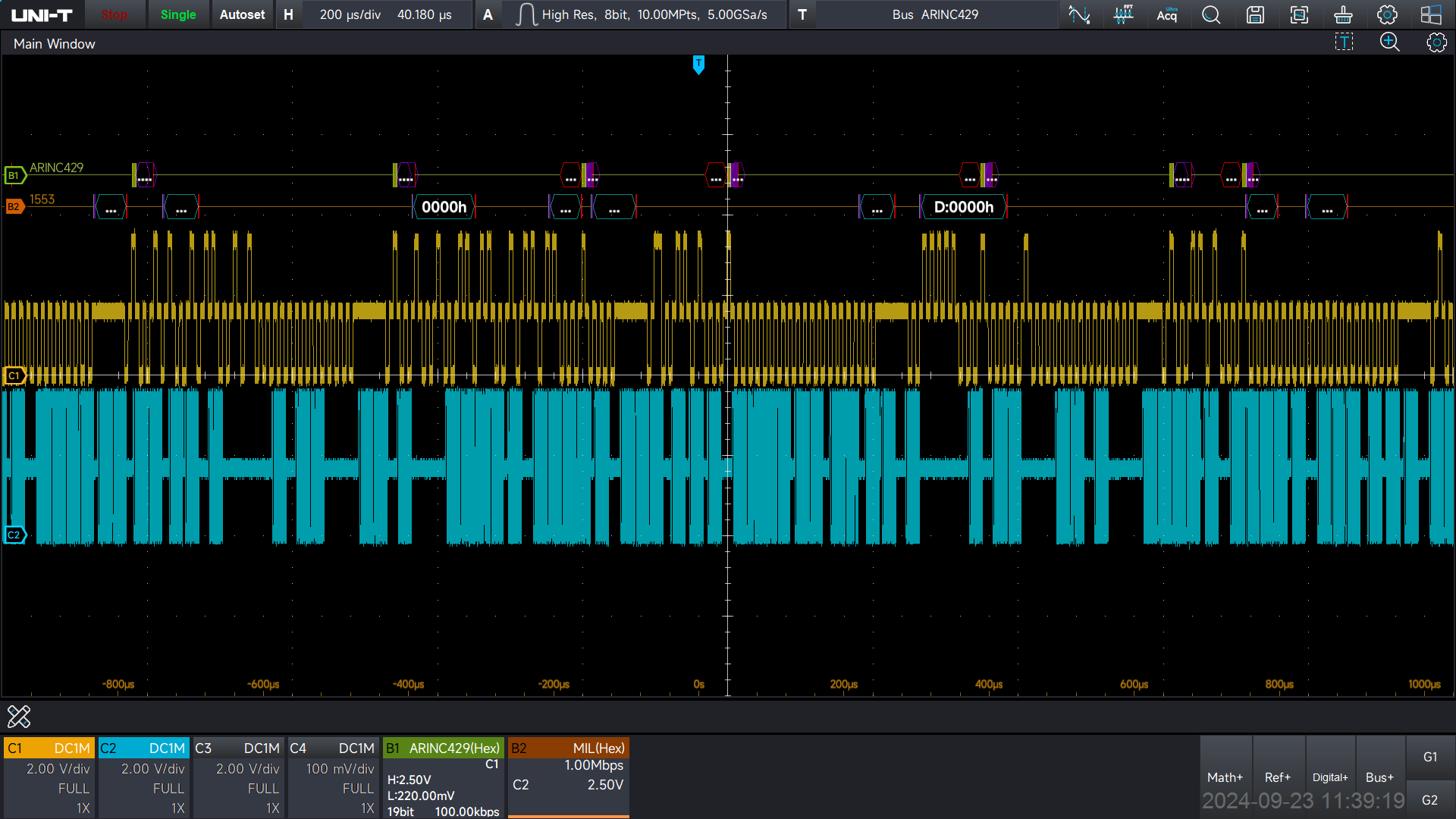
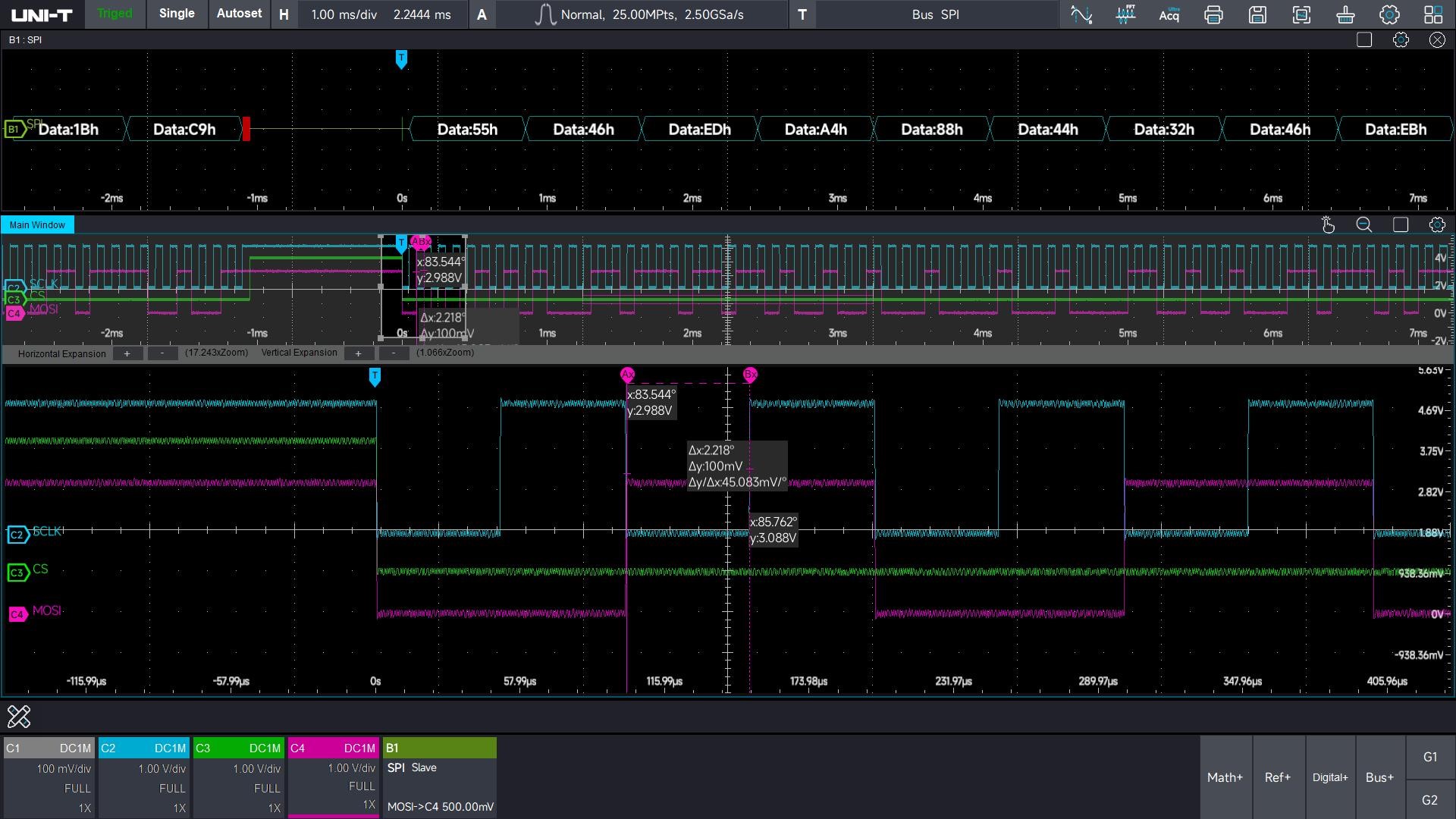

 EN
EN



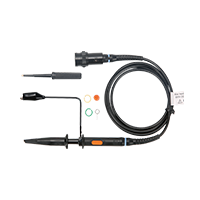
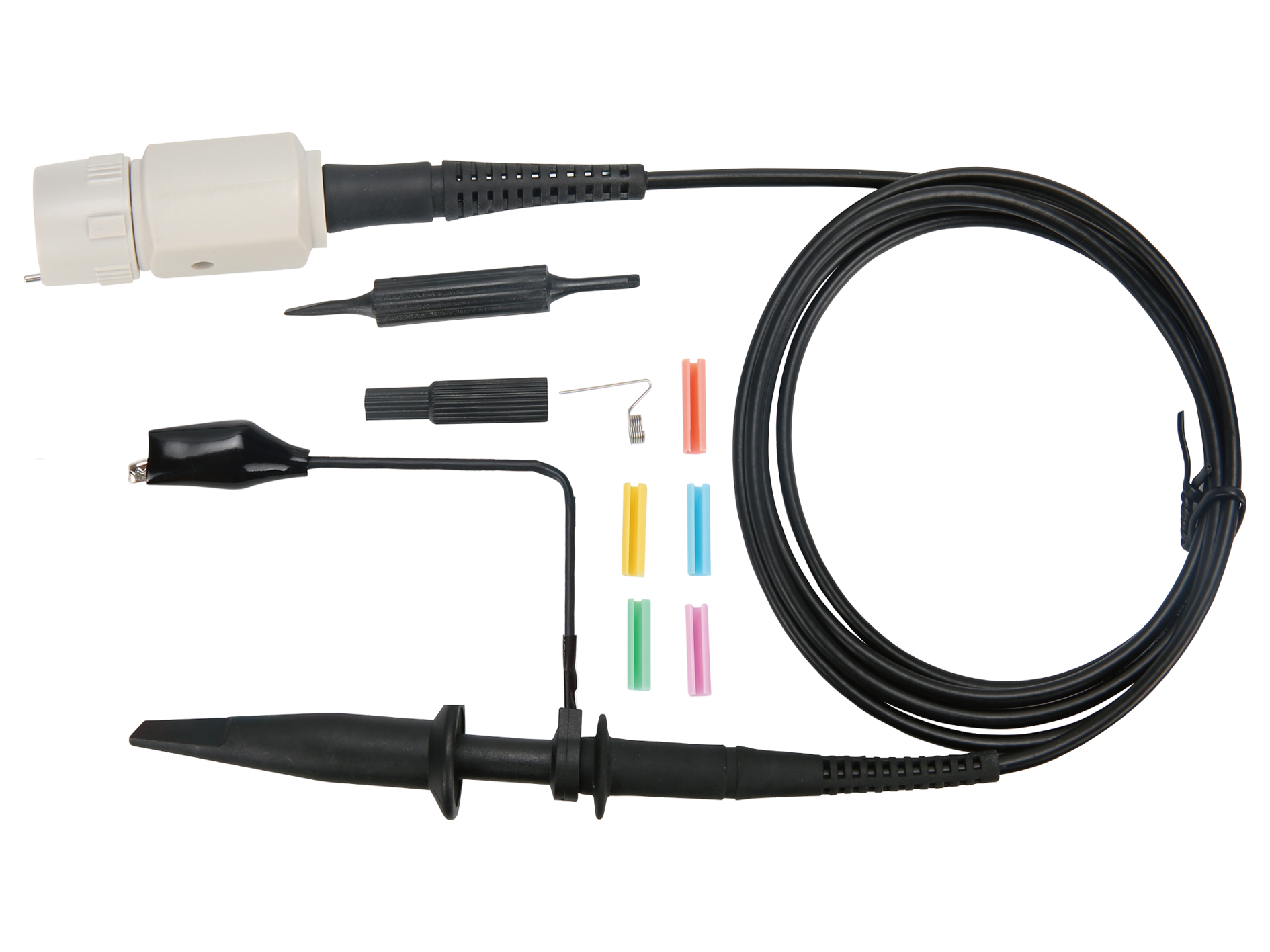
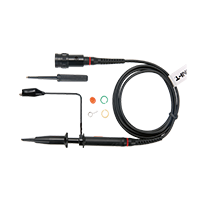
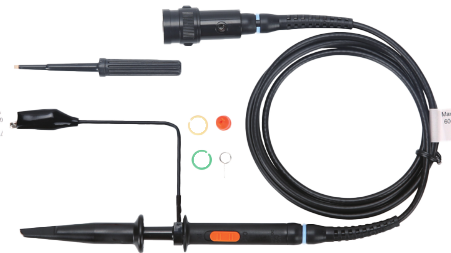
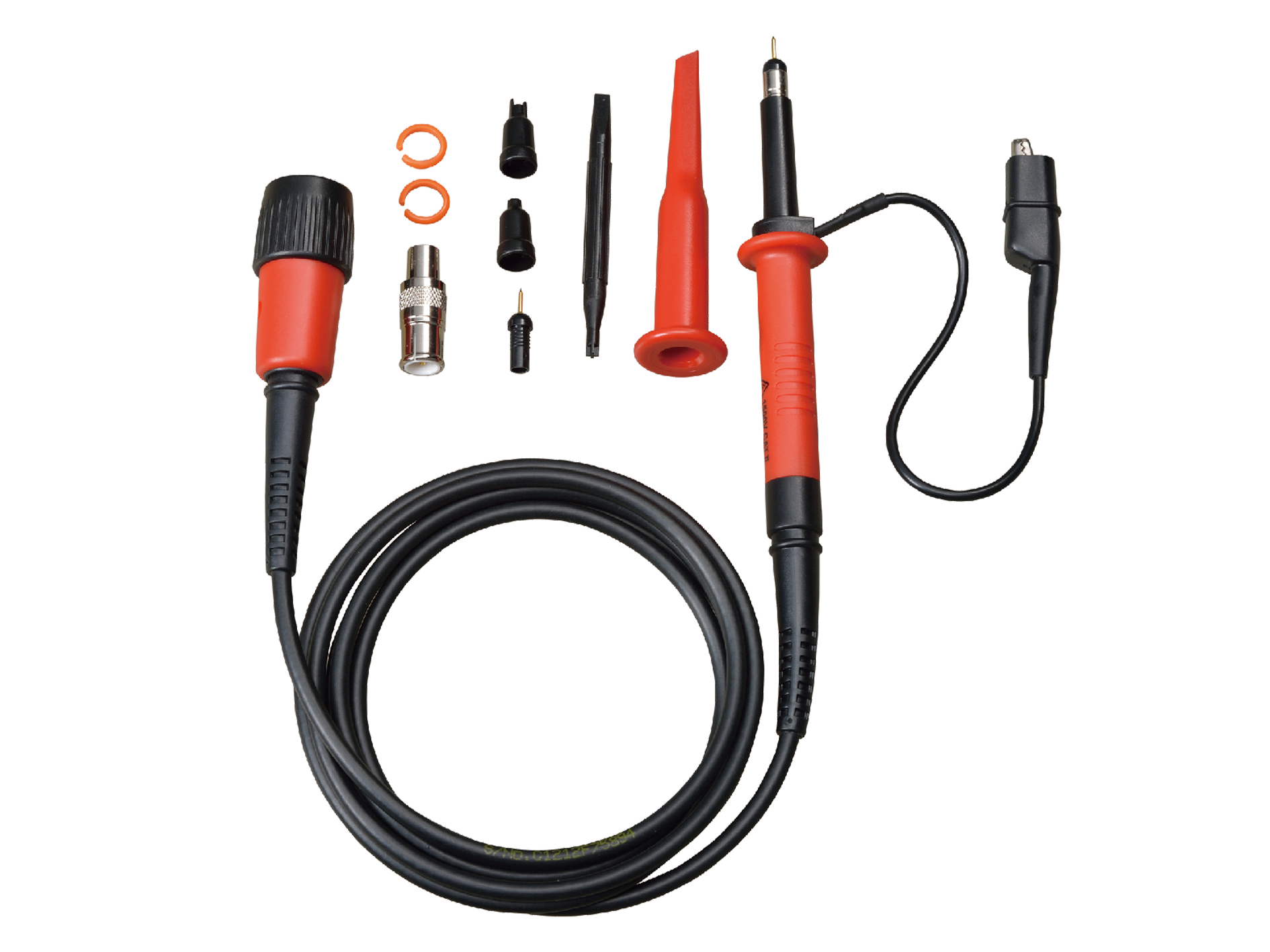
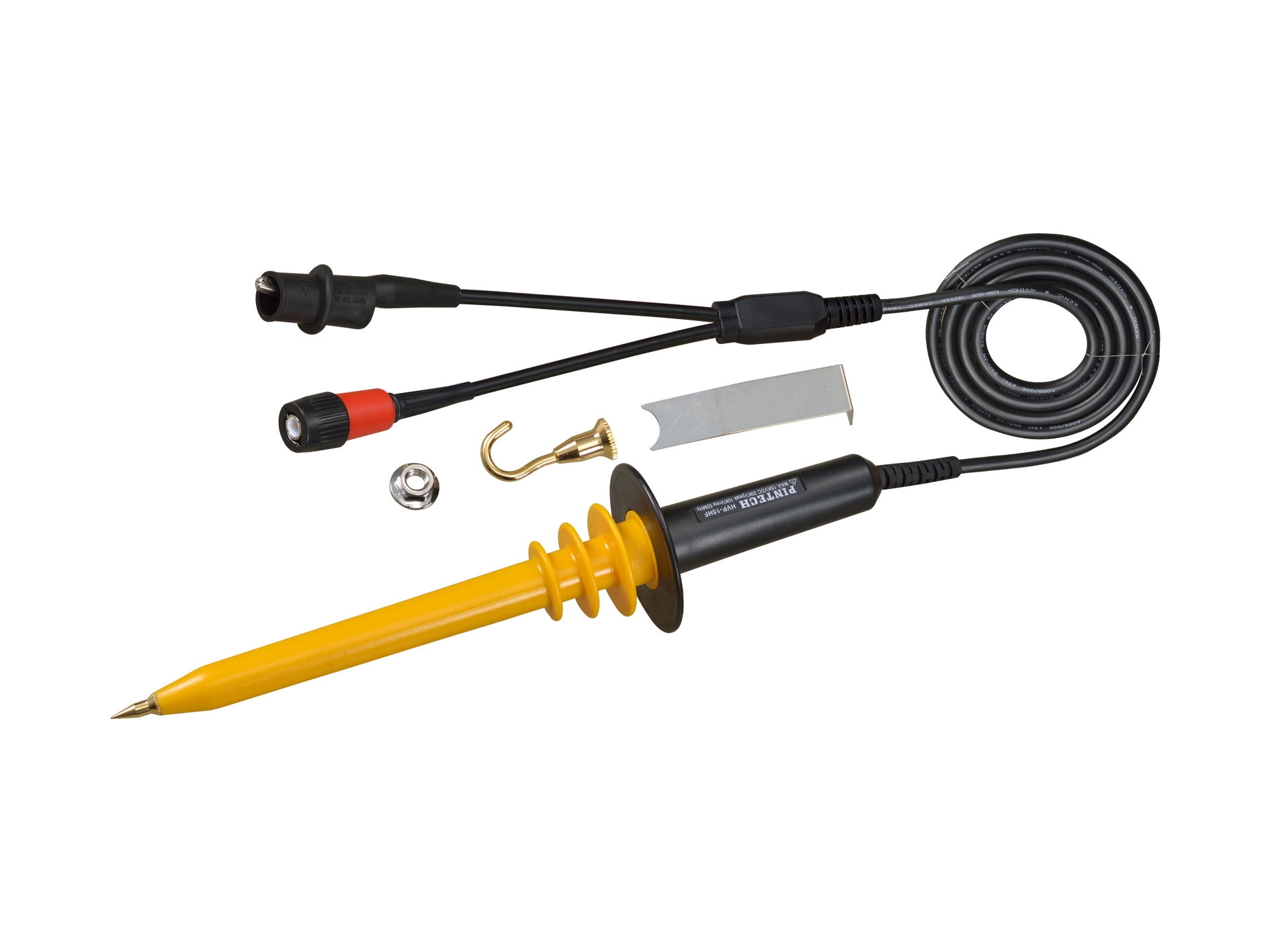
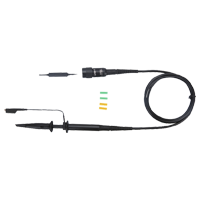
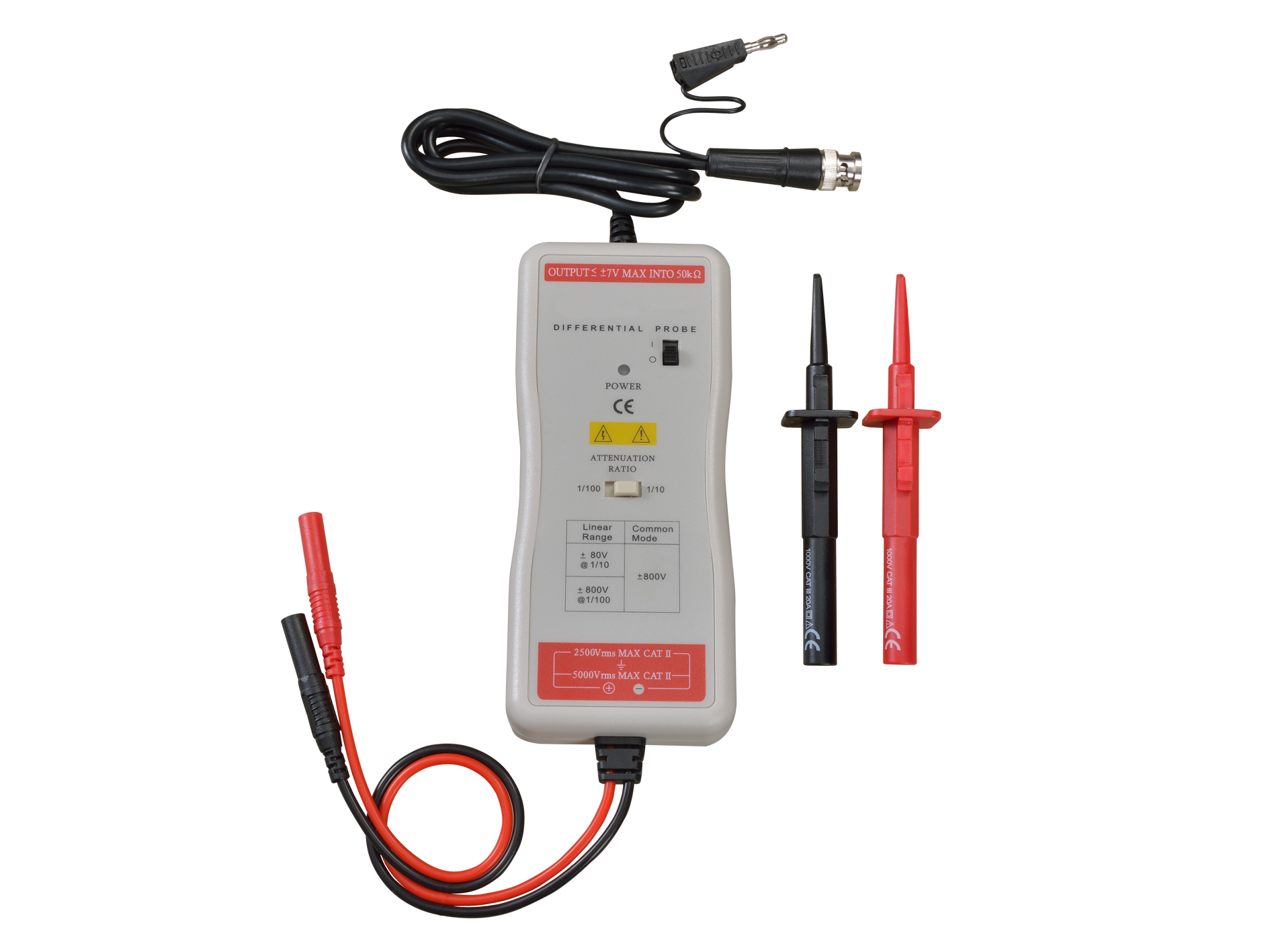
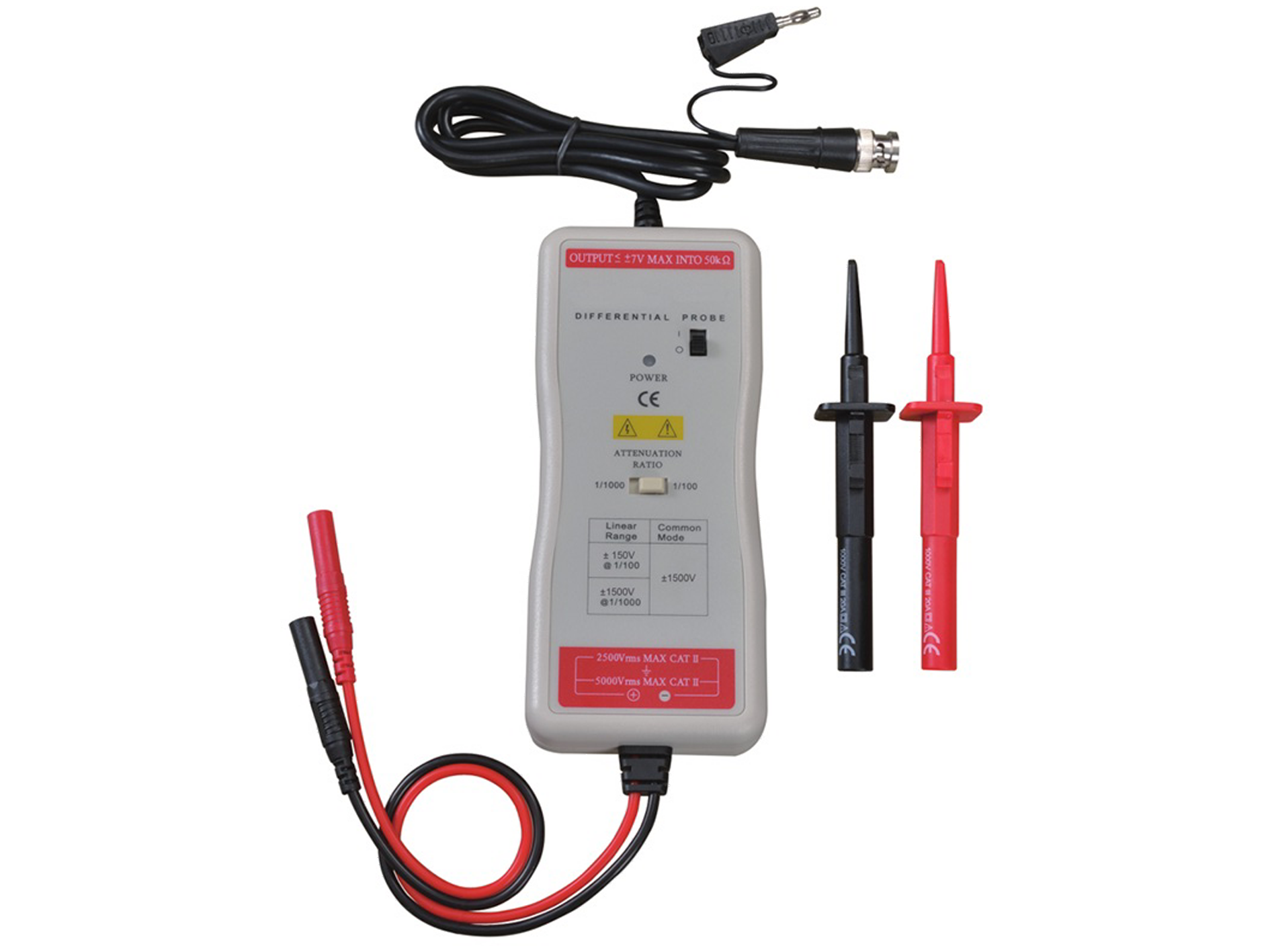
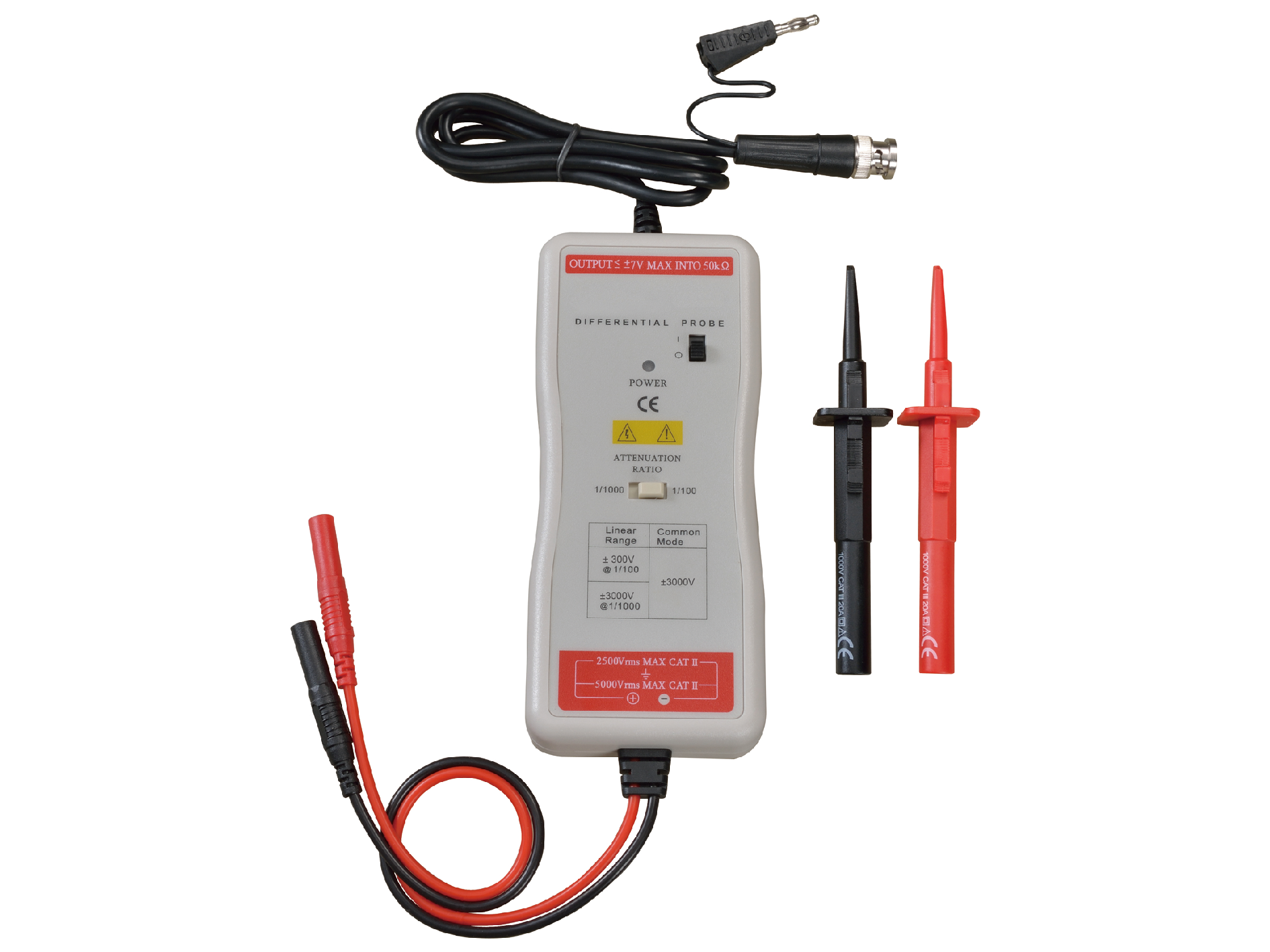
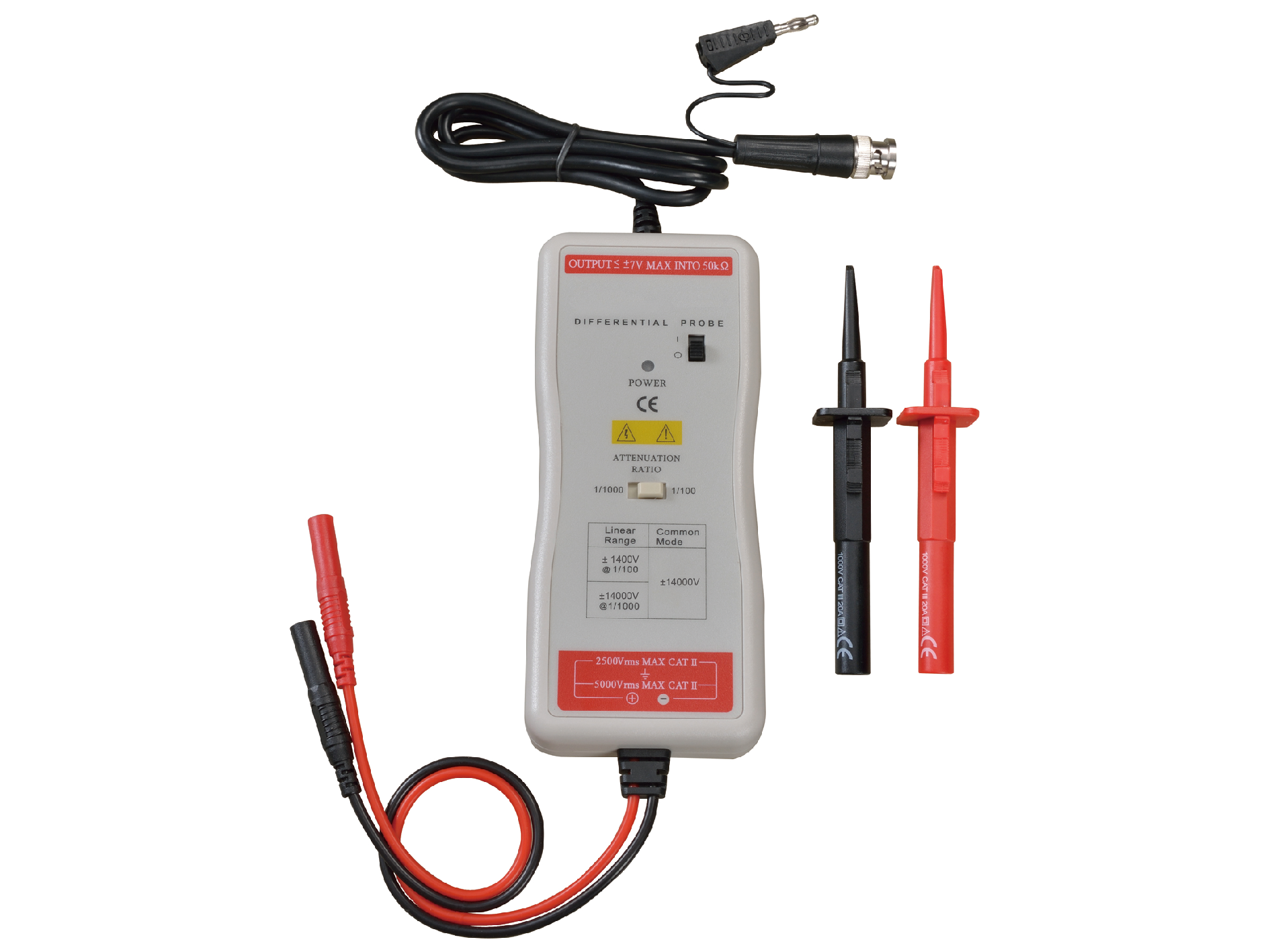
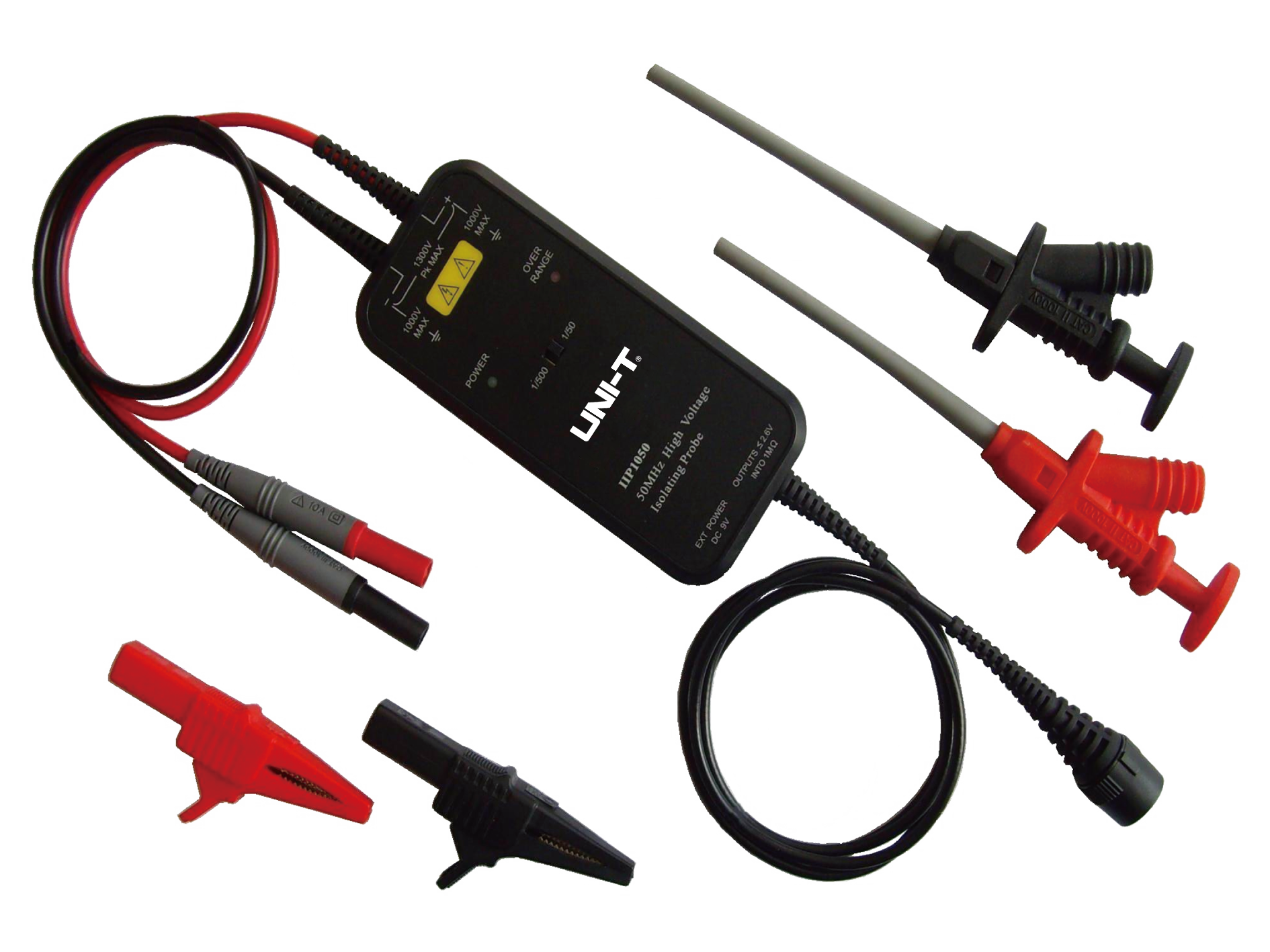
 EN
EN
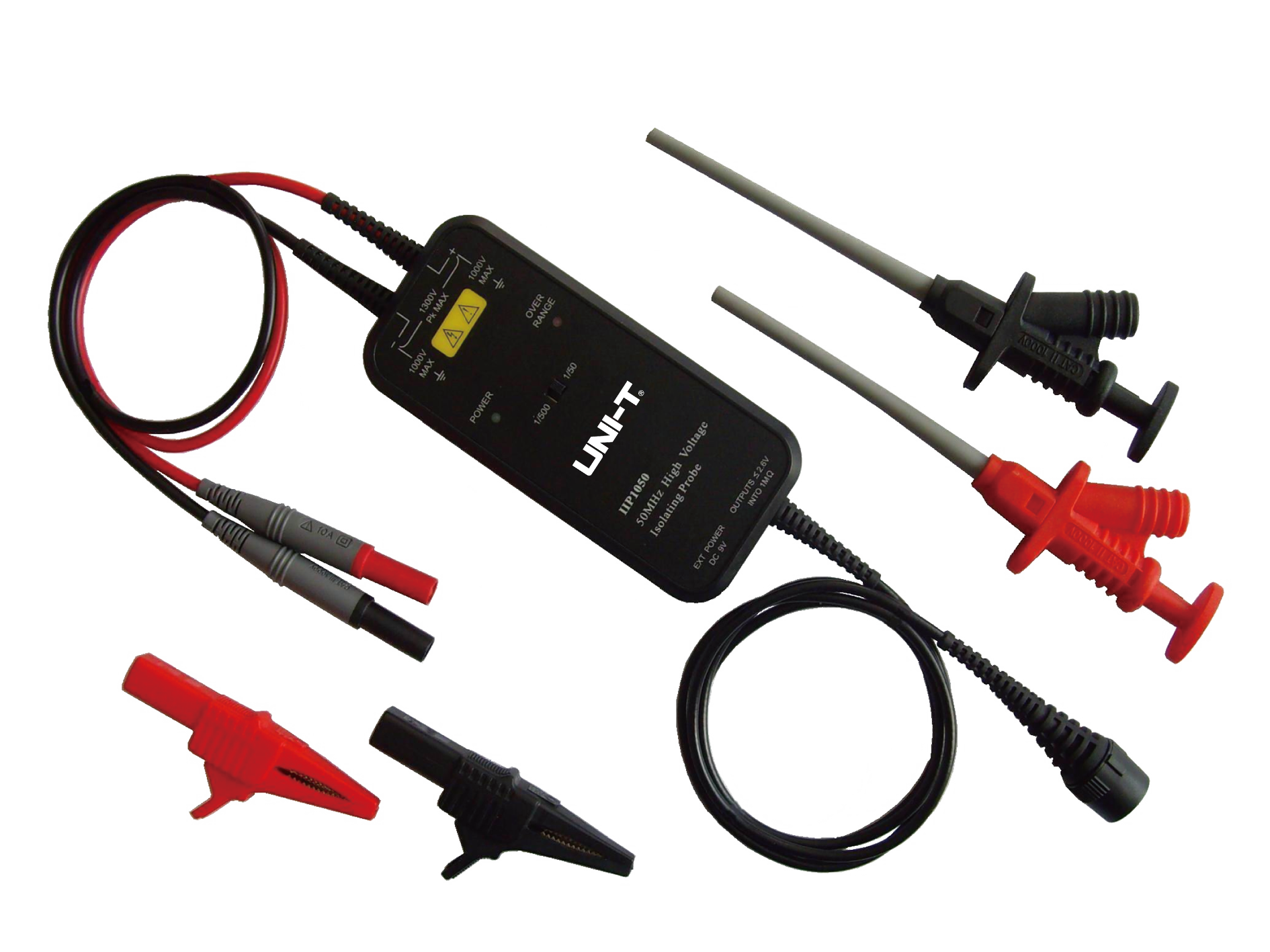
 EN
EN
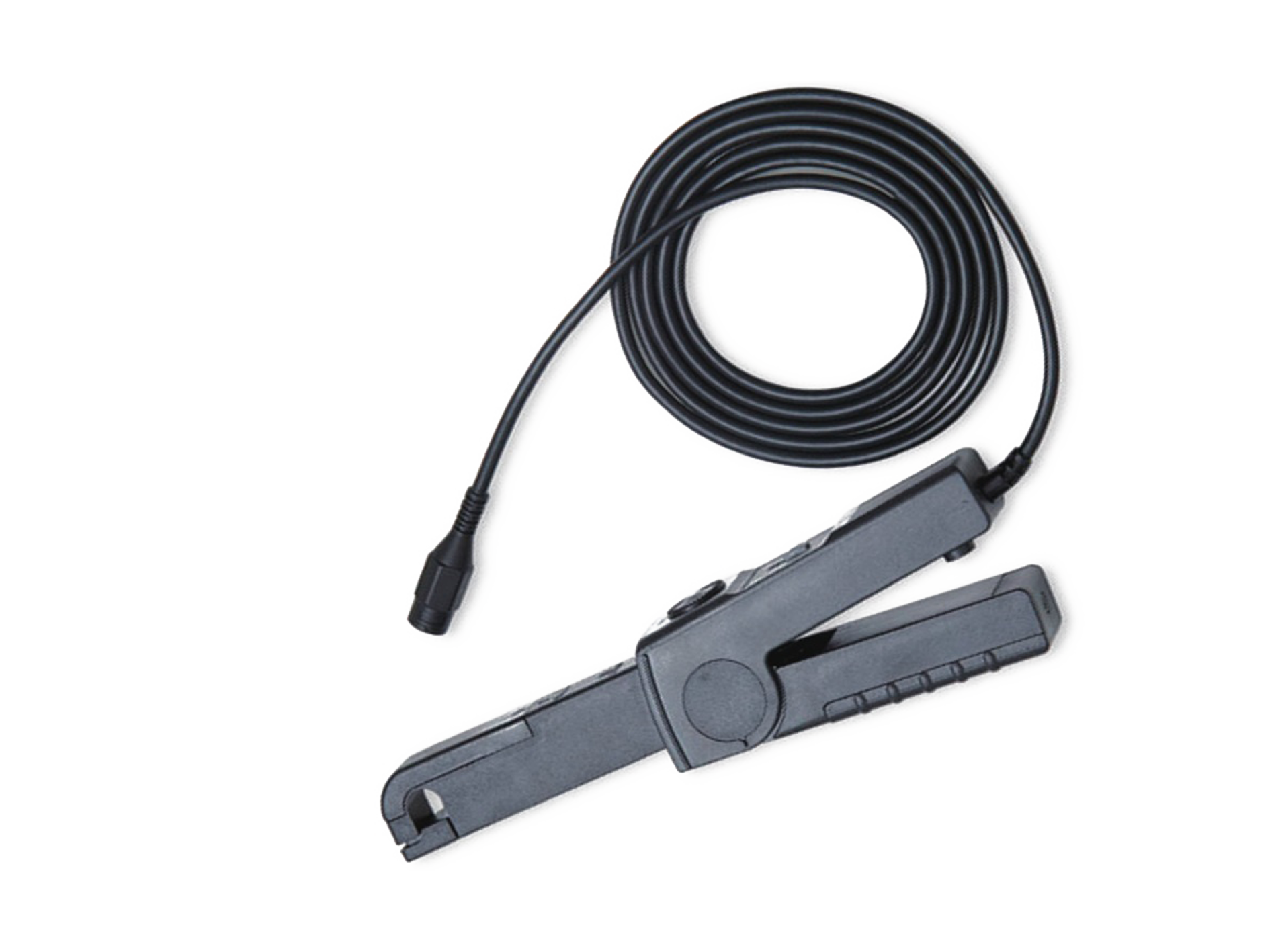
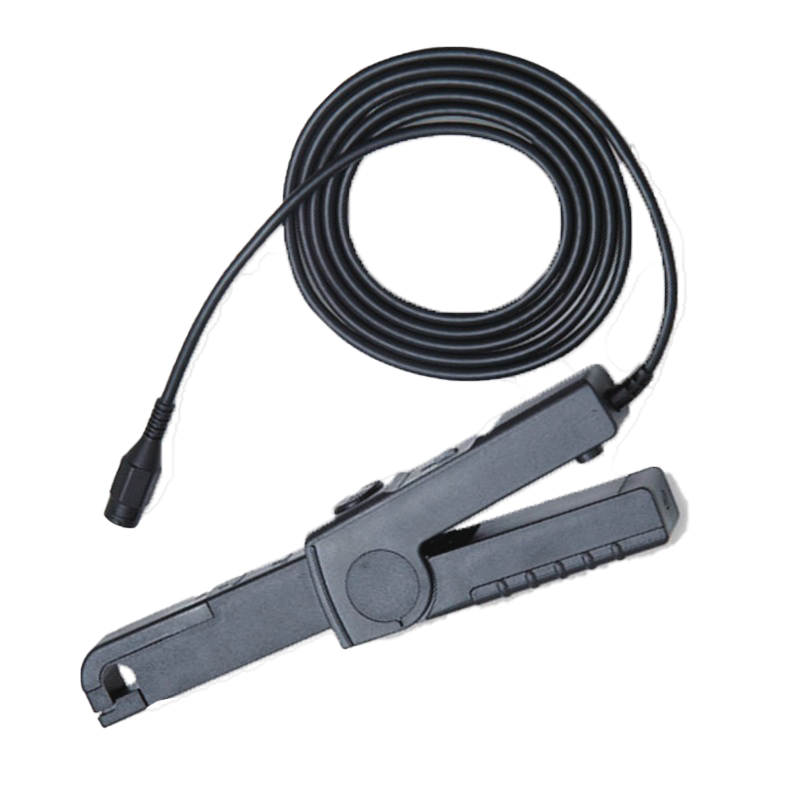
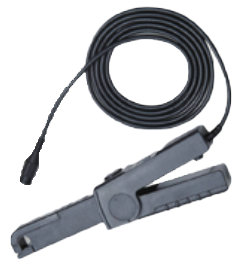
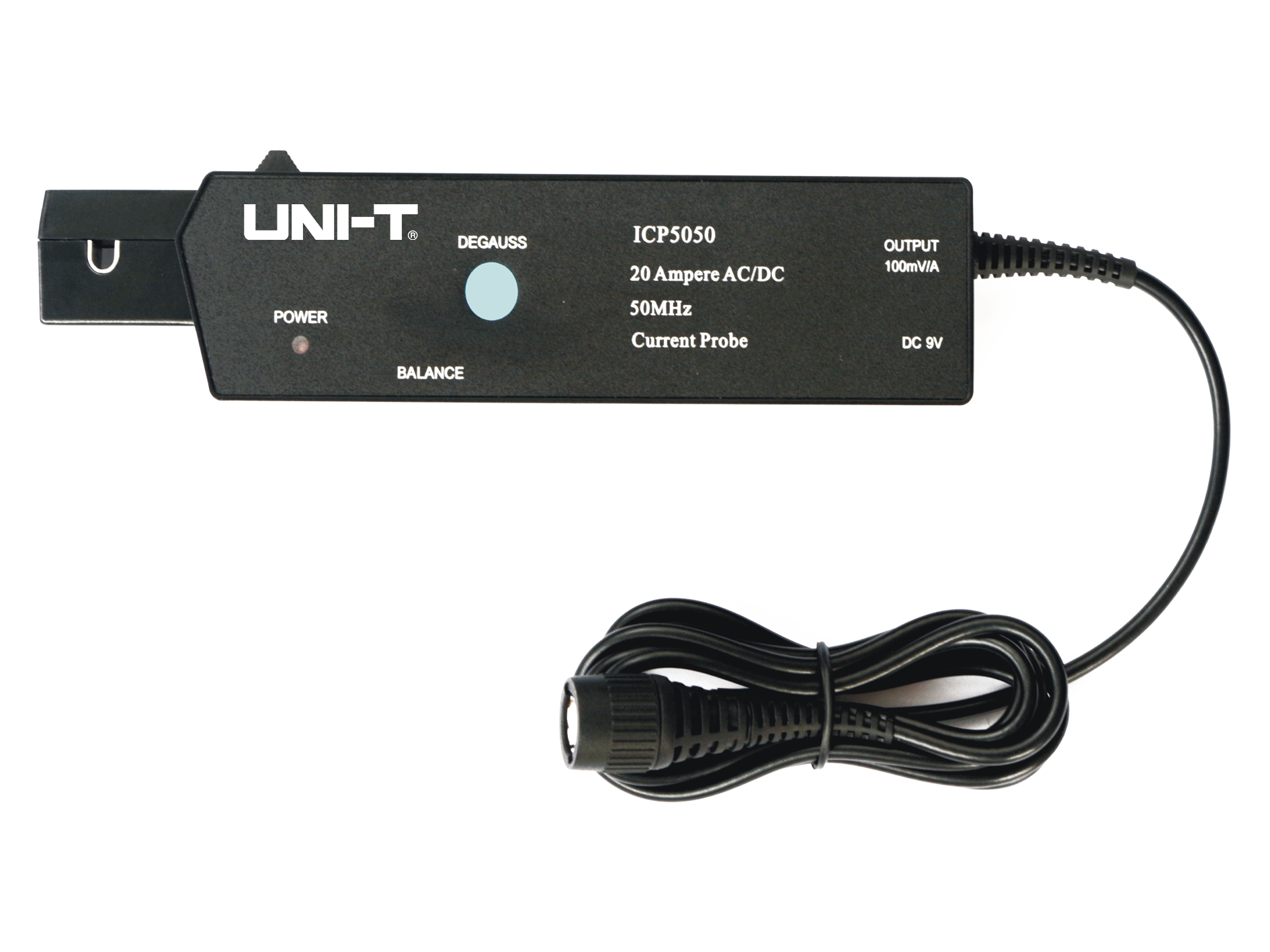
 EN
EN
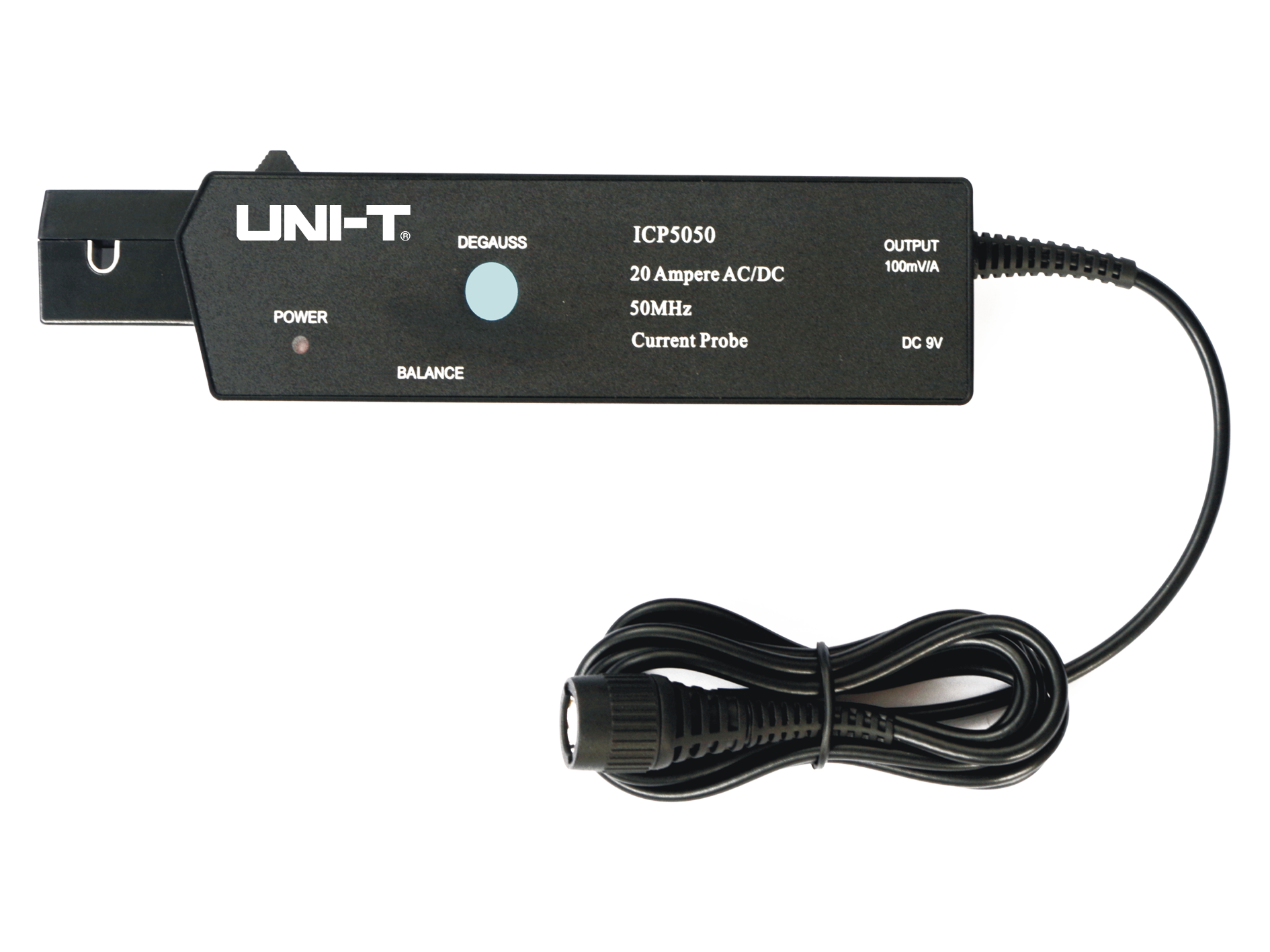
 EN
EN

 EN
EN
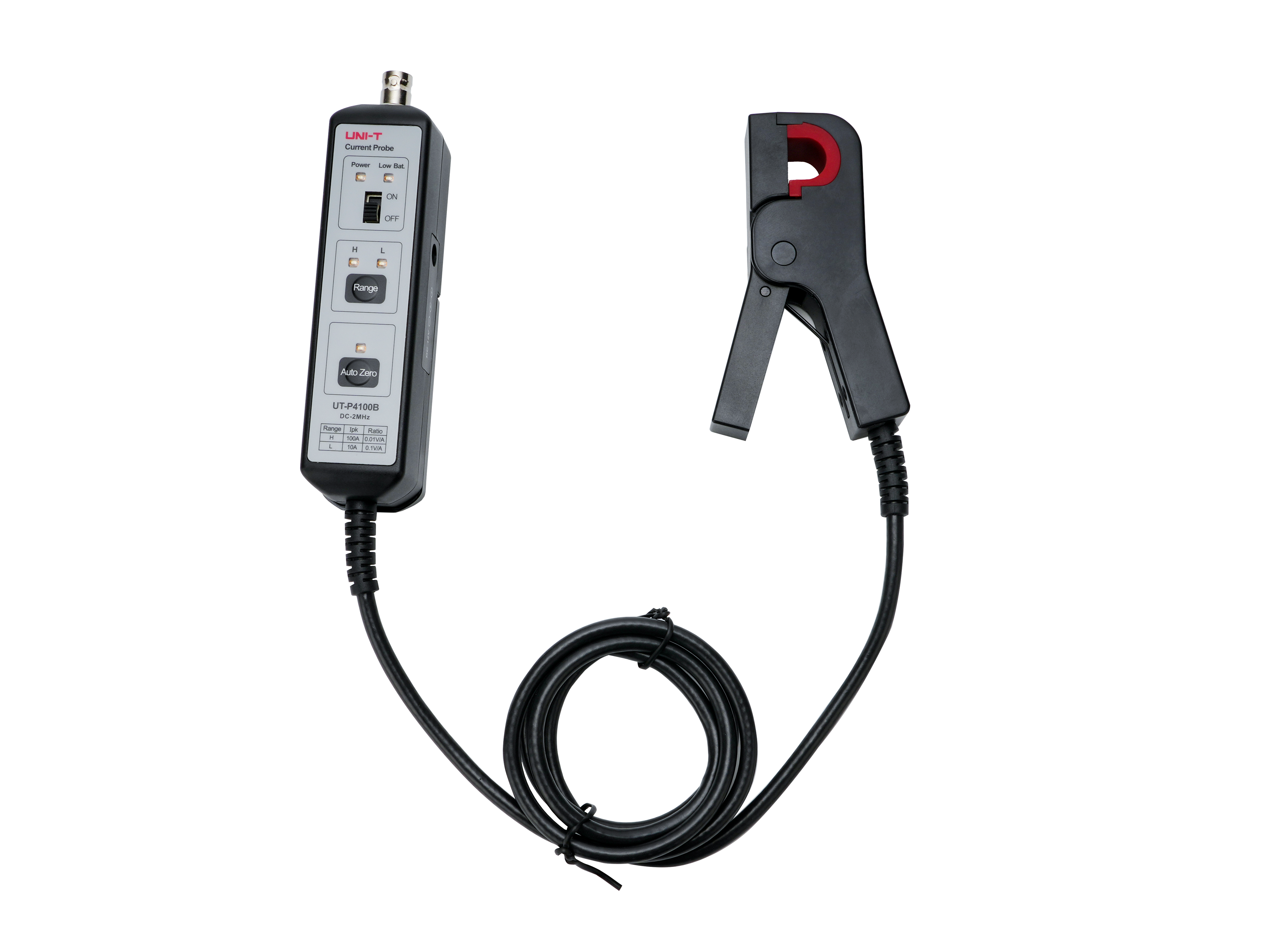
 EN
EN
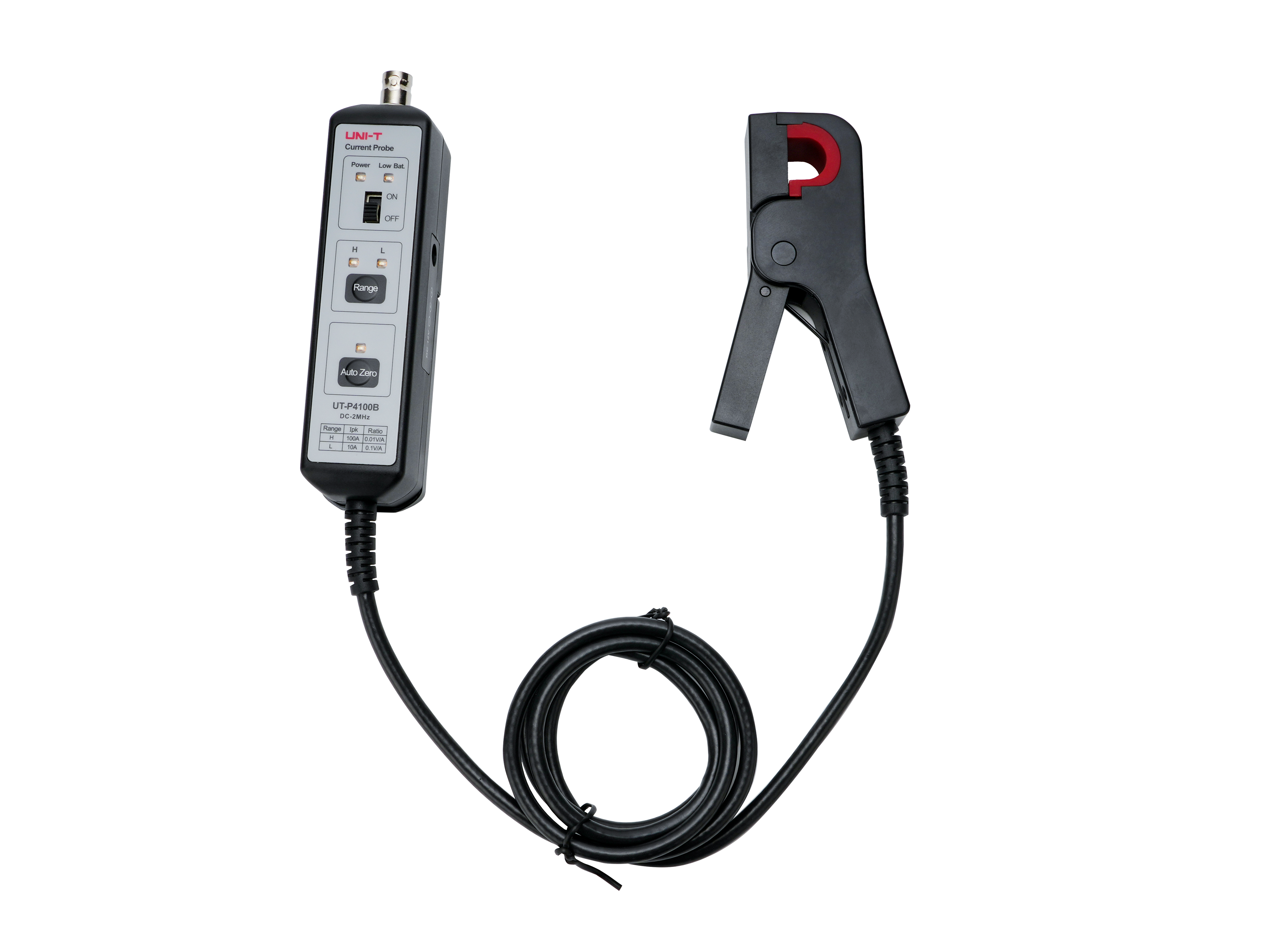
 EN
EN
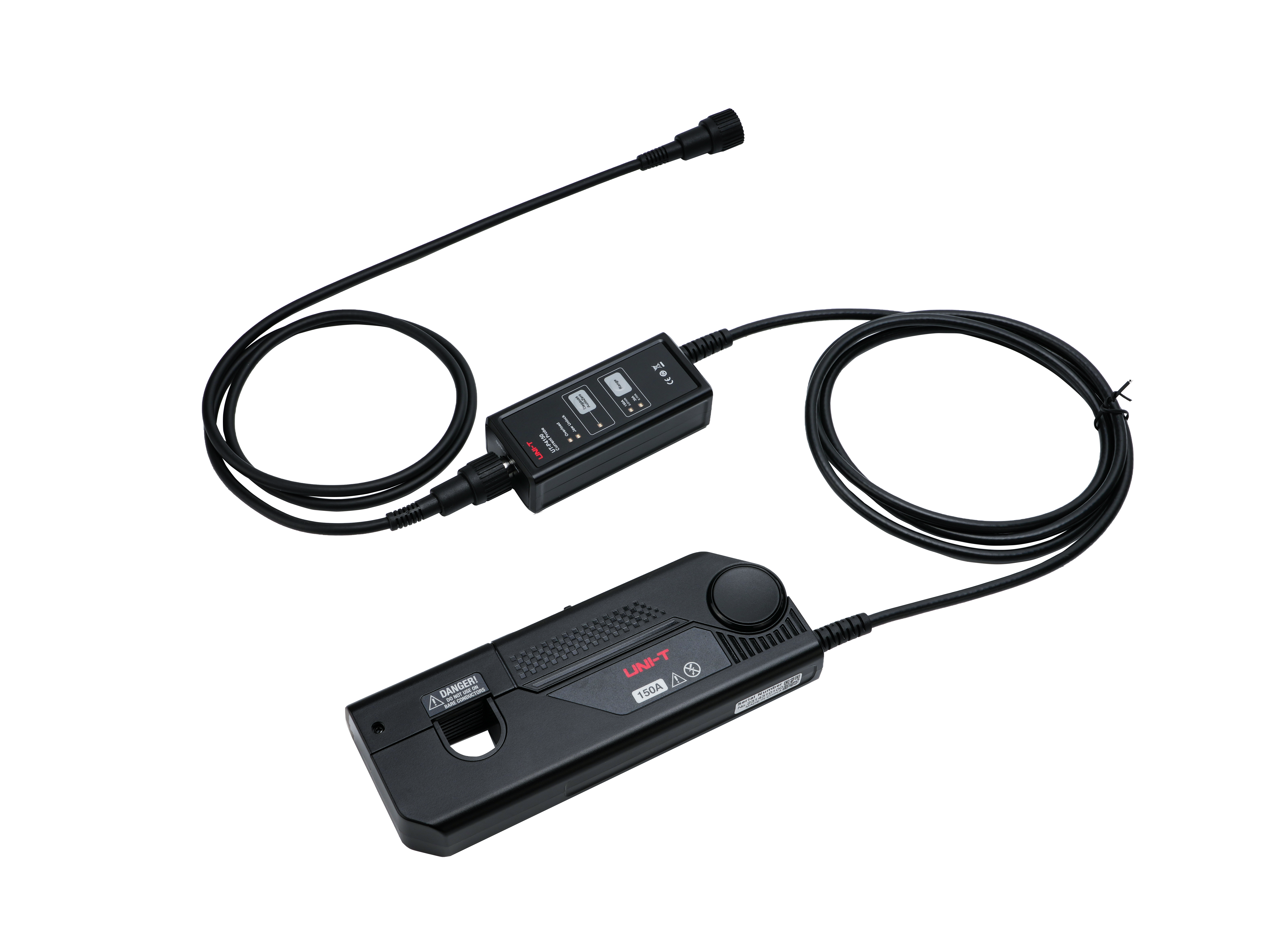
 EN
EN
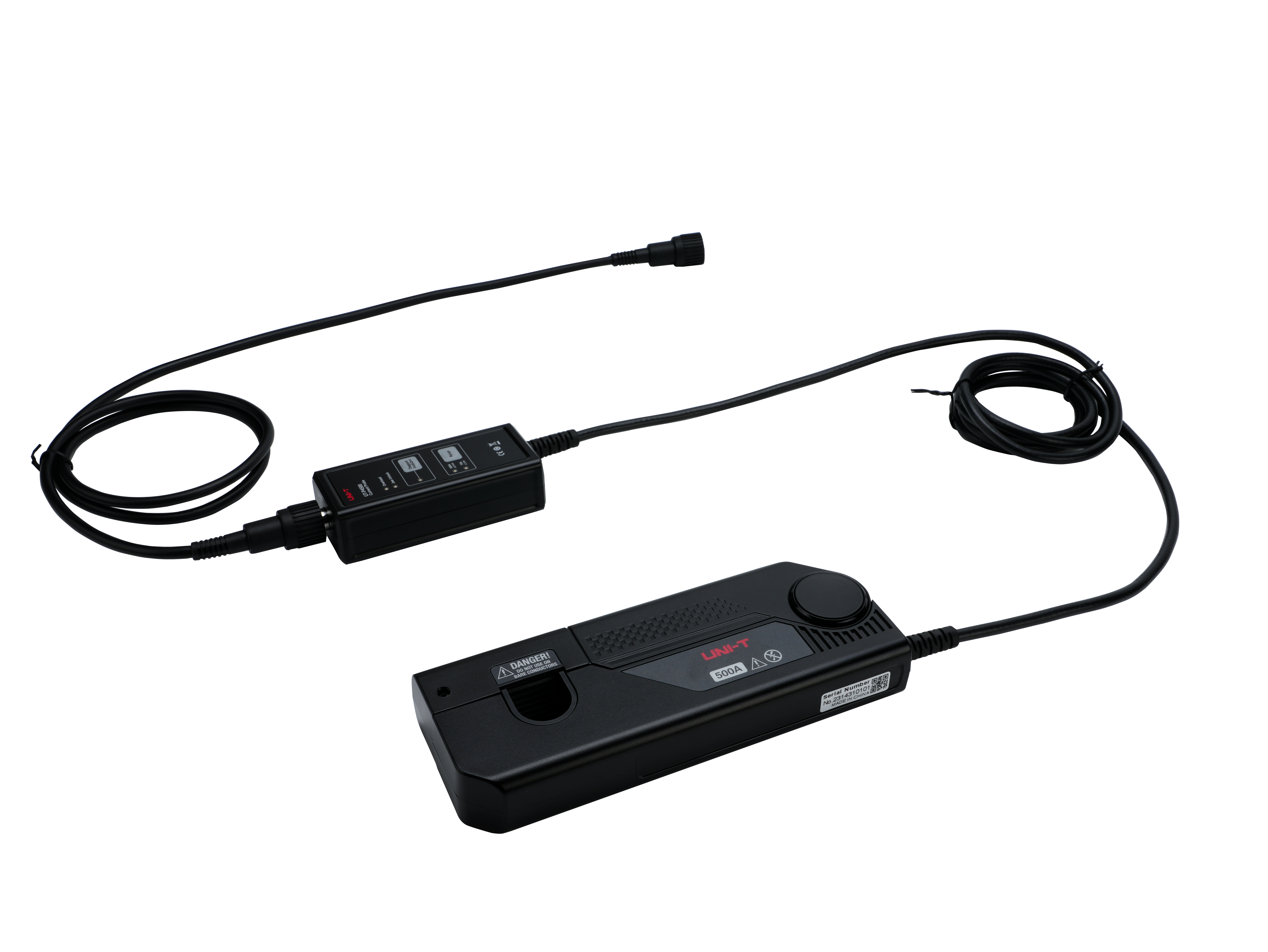
 EN
EN
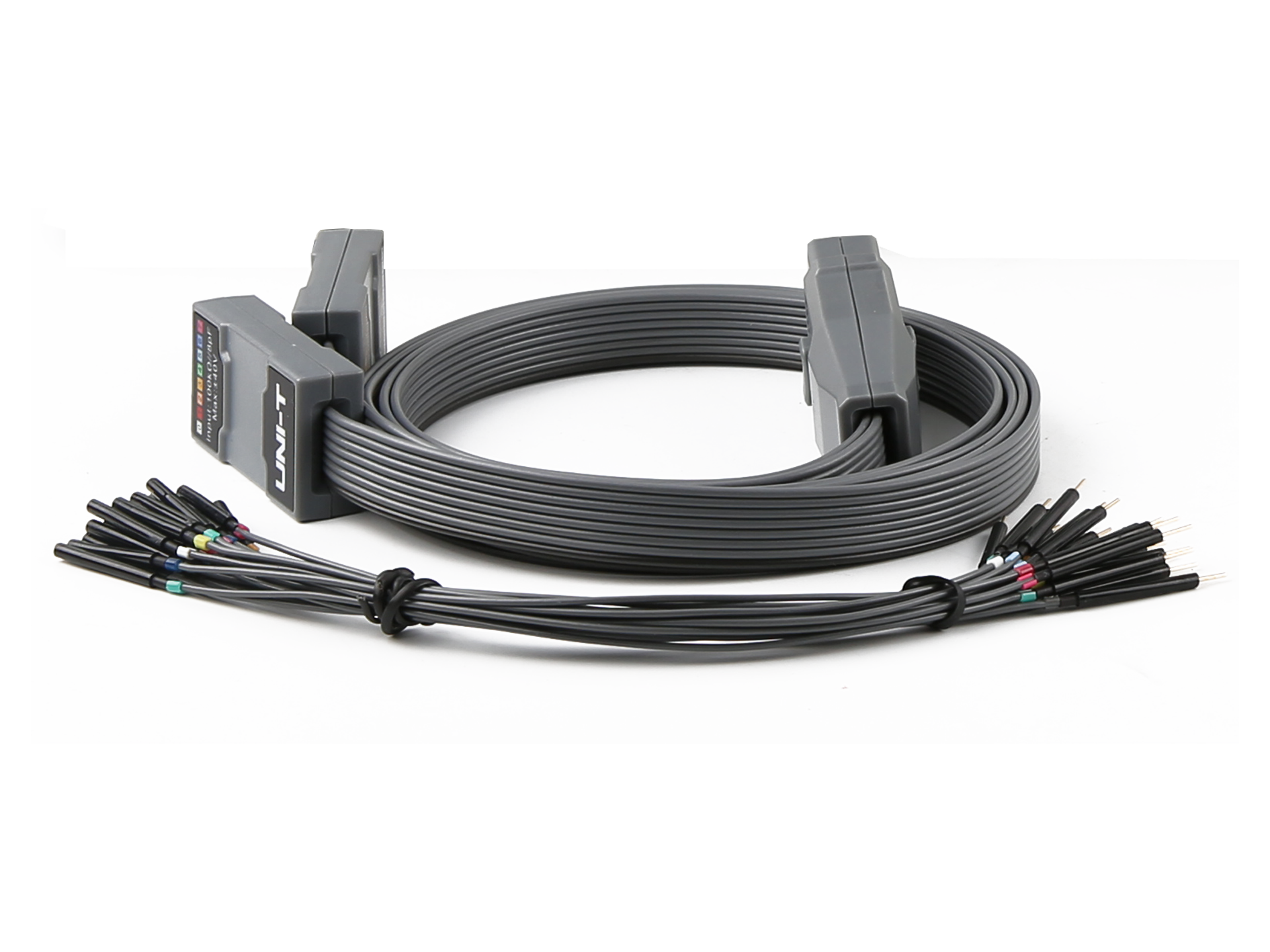
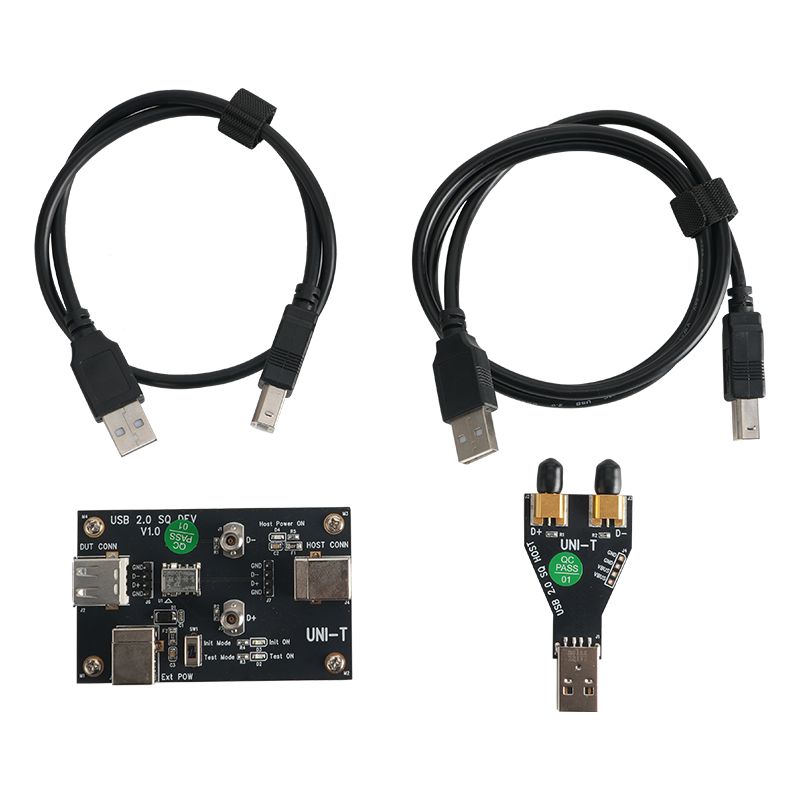
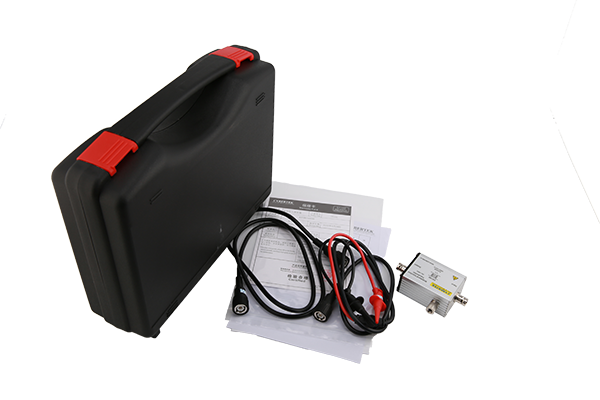
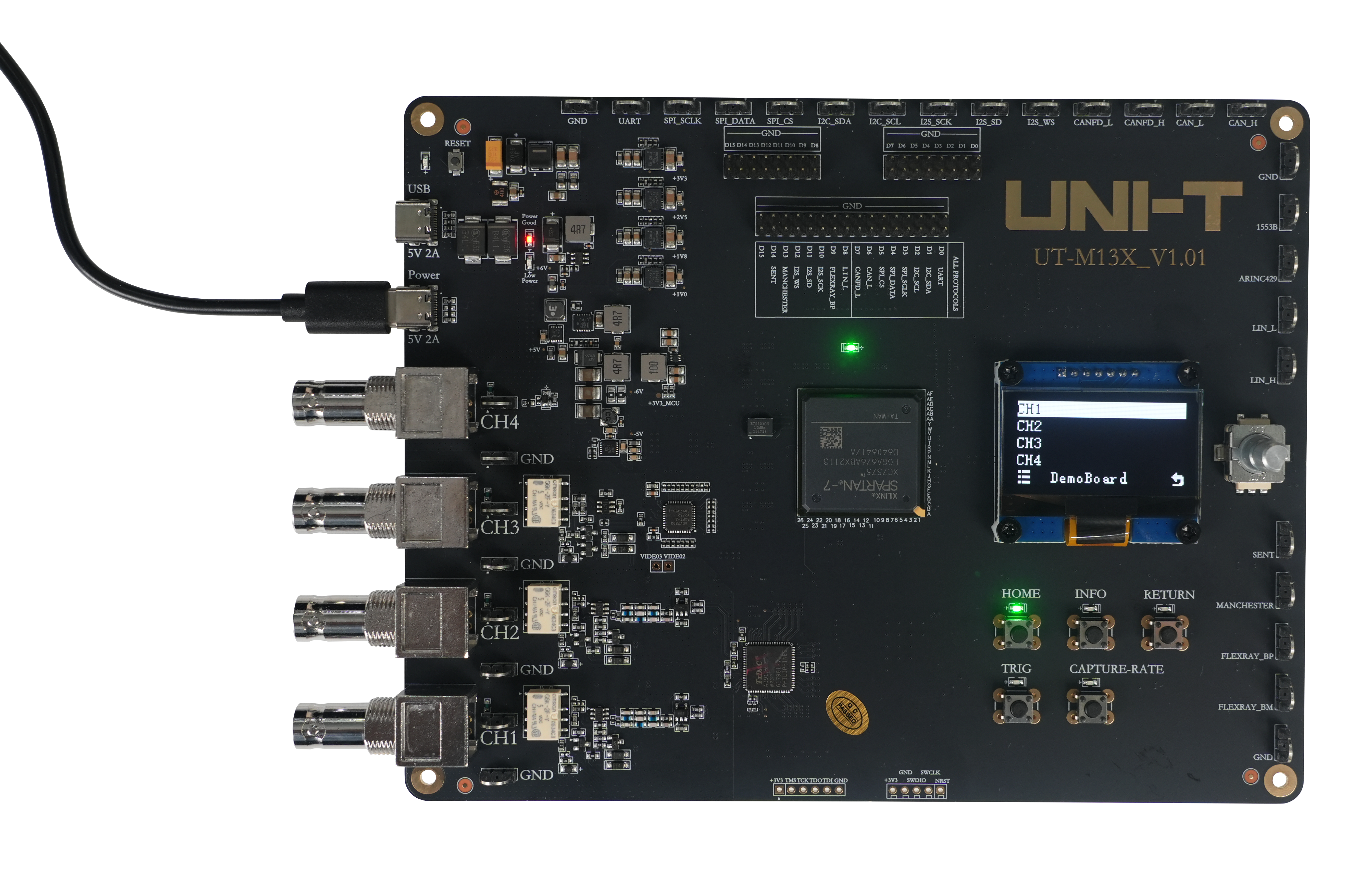

 EN
EN
ERES is a digital signal processing technology that improves the vertical resolution of oscilloscope waveforms through Finite Impulse Response (FIR) filters.
According to transmission line theory, high-frequency signals traveling through improperly matched interconnects (e.g., between probe, cable, and DUT) can experience partial reflections. These reflected waves superimpose on the original signal, resulting in distorted or non-smooth waveform peaks, especially in fast rise/fall regions. The MSO7000X has two display modes.
DSO mode (default): Displays a single, continuously updated waveform.
UPO mode (Ultra Phosphor Oscilloscope / 3D mapping): Provides a three-dimensional intensity display of waveform persistence, allowing users to better visualize signal variations and noise. To enable UPO mode, users must turn on UltraAcq mode. Once enabled, the waveform display becomes more stable, clearly revealing the shape and consistency of high-speed signals. This is especially useful for diagnosing reflections, jitter, and signal integrity issues.
Tektronix 5 series also has two modes, which can be switched on and off by the FastAcq button. Other manufacturers (e.g., Siglent, Keysight, Rohde & Schwarz, and RIGOL) often enable waveform persistence (UPO-like mode) by default, which can explain why their waveforms may appear smoother under similar conditions.
MSO7000X is equipped with intelligent temperature-controlled fans. The two parallel rows of fans on the left and right serve as the air outlet and inlet respectively, cooling the internal compartment to maintain a constant temperature. The fan control program is integrated into the oscilloscope's internal software. When the device starts up, the oscilloscope program hasn’t started running yet, so there is no control over the fans, which operate at full speed and produce loud noise. Once the program completes self-startup, it automatically controls the fan speed and adjusts the air volume, reducing the noise. During operation, the program adjusts the fan speed based on the temperature: faster when the temperature is high, and slower when it is low.
High-resolution mode: The oscilloscope performs sliding average filtering by repeatedly sampling the same time base points through a sliding average, which can effectively reduce the random noise captured by the oscilloscope, achieving an enhanced resolution of up to 12 bits. The specific number of bits achieved is related to the severity and frequency of the signal. High-resolution mode can be selected in the acquisition settings, with a default sliding average of 8-12 bits. Enhanced resolution (ERes) employs a finite impulse response filter, sacrificing half of the oscilloscope's sampling rate to perform impulse response filtering on the waveform. For every 0.5-bit enhancement, the sampling rate is halved. To ensure that the sampling rate can fully capture the waveform, the bandwidth will also be reduced, resulting in an effect similar to bandwidth limitation of the oscilloscope. Currently, most oscilloscope manufacturers use this method. Note: There are also two types of ERes: one is implemented by software (mathematical channel), and the other is implemented by hardware filtering (analog channel). The former can be selected in the math function, while the latter can be selected in the acquisition settings.



